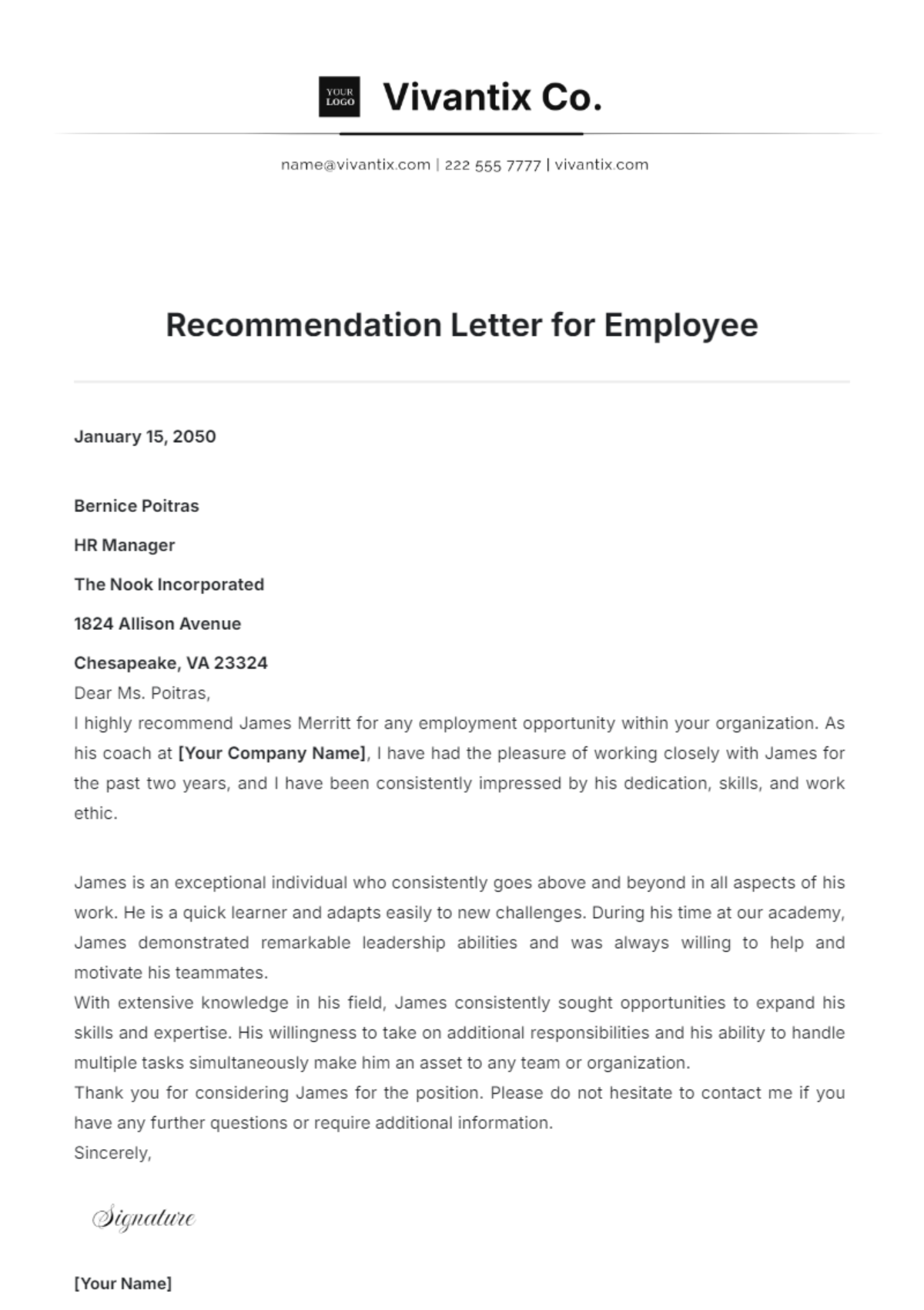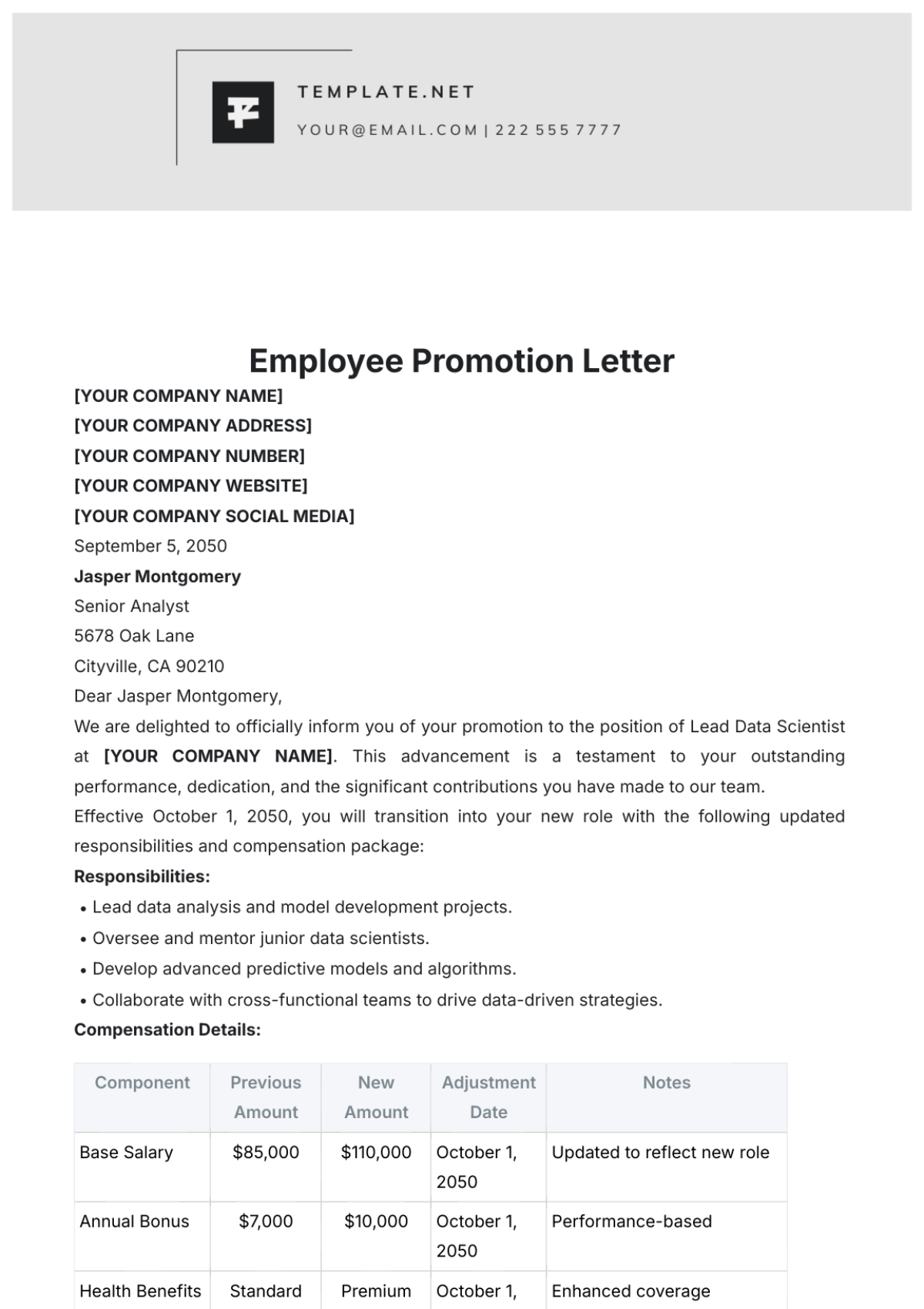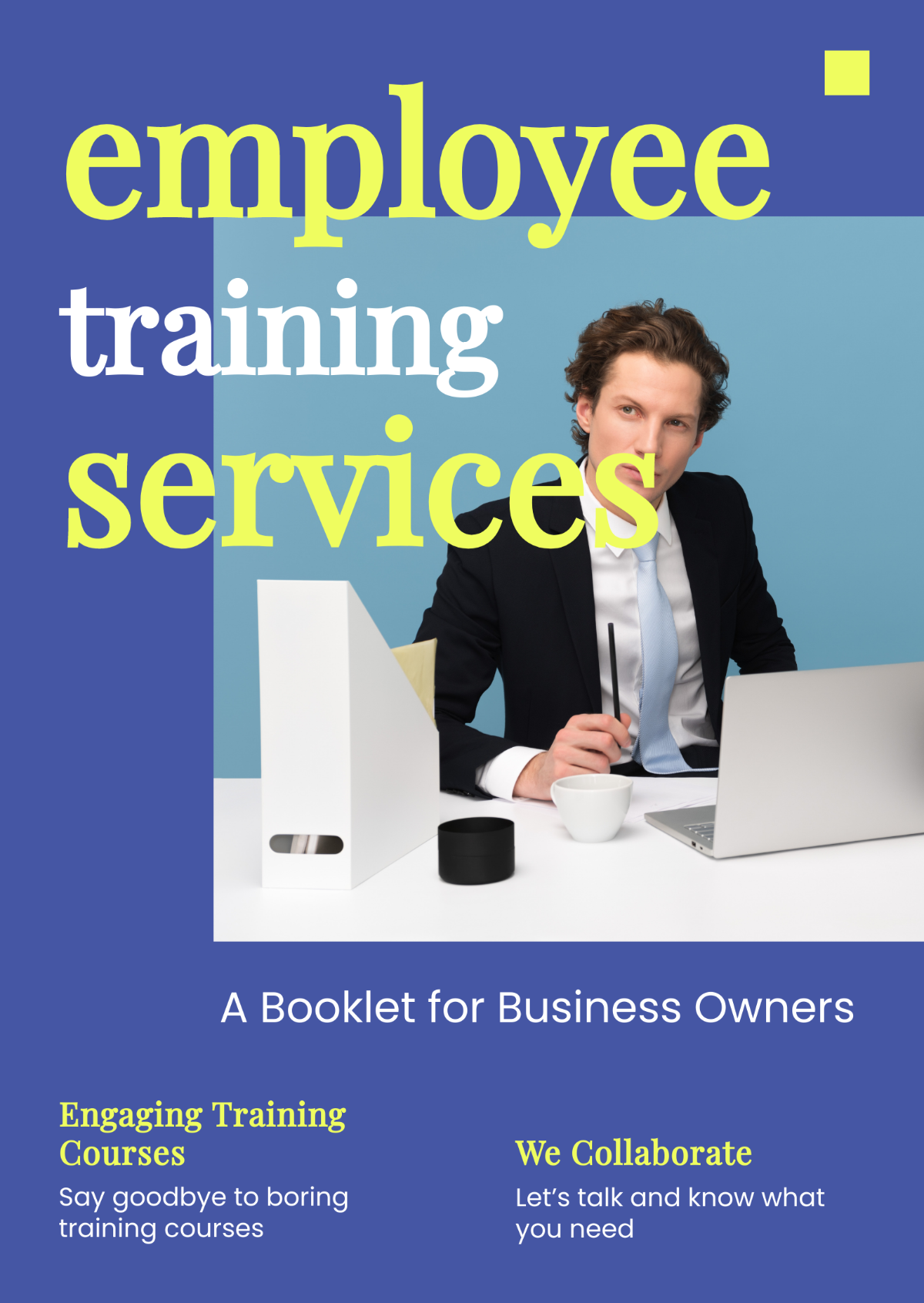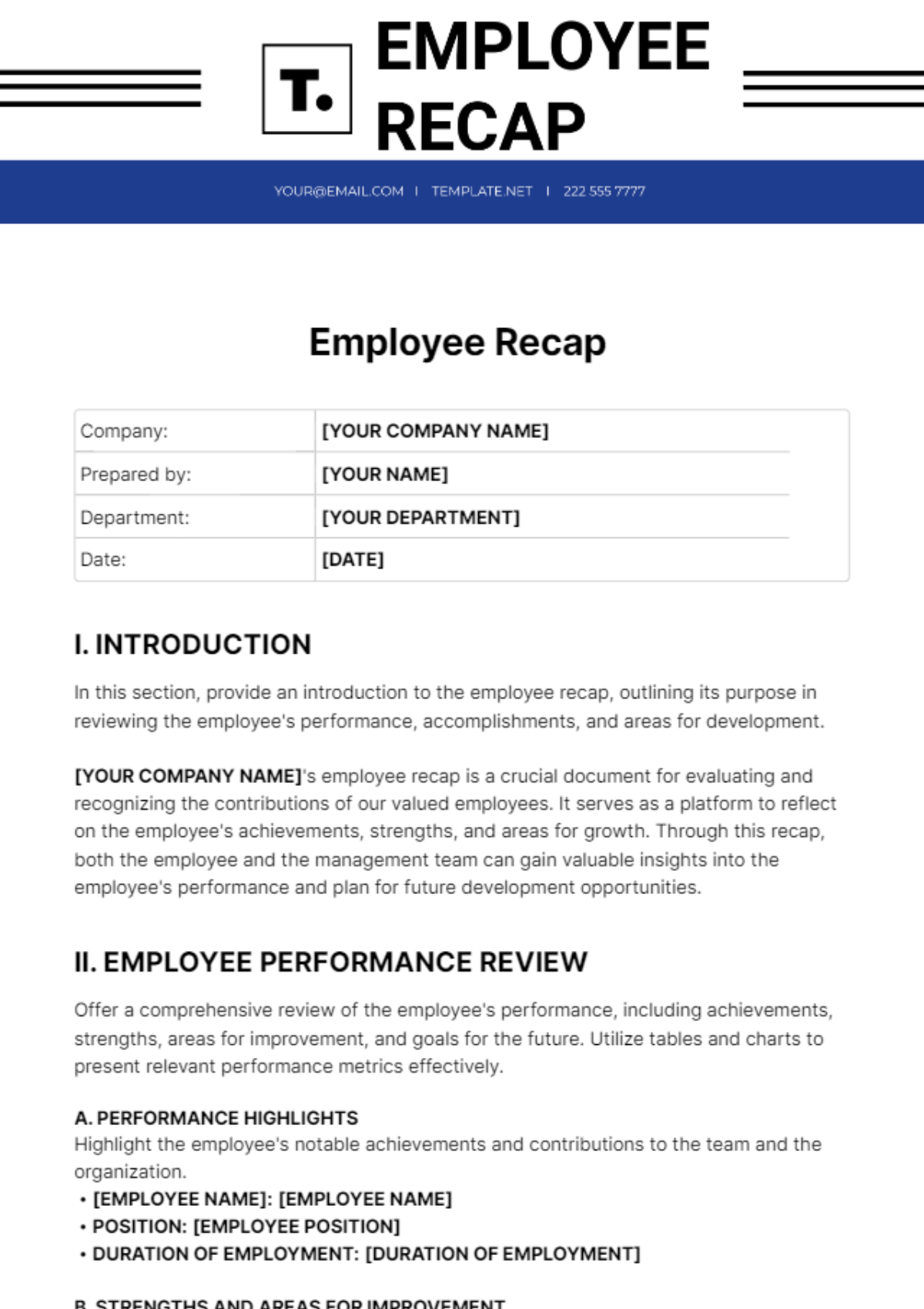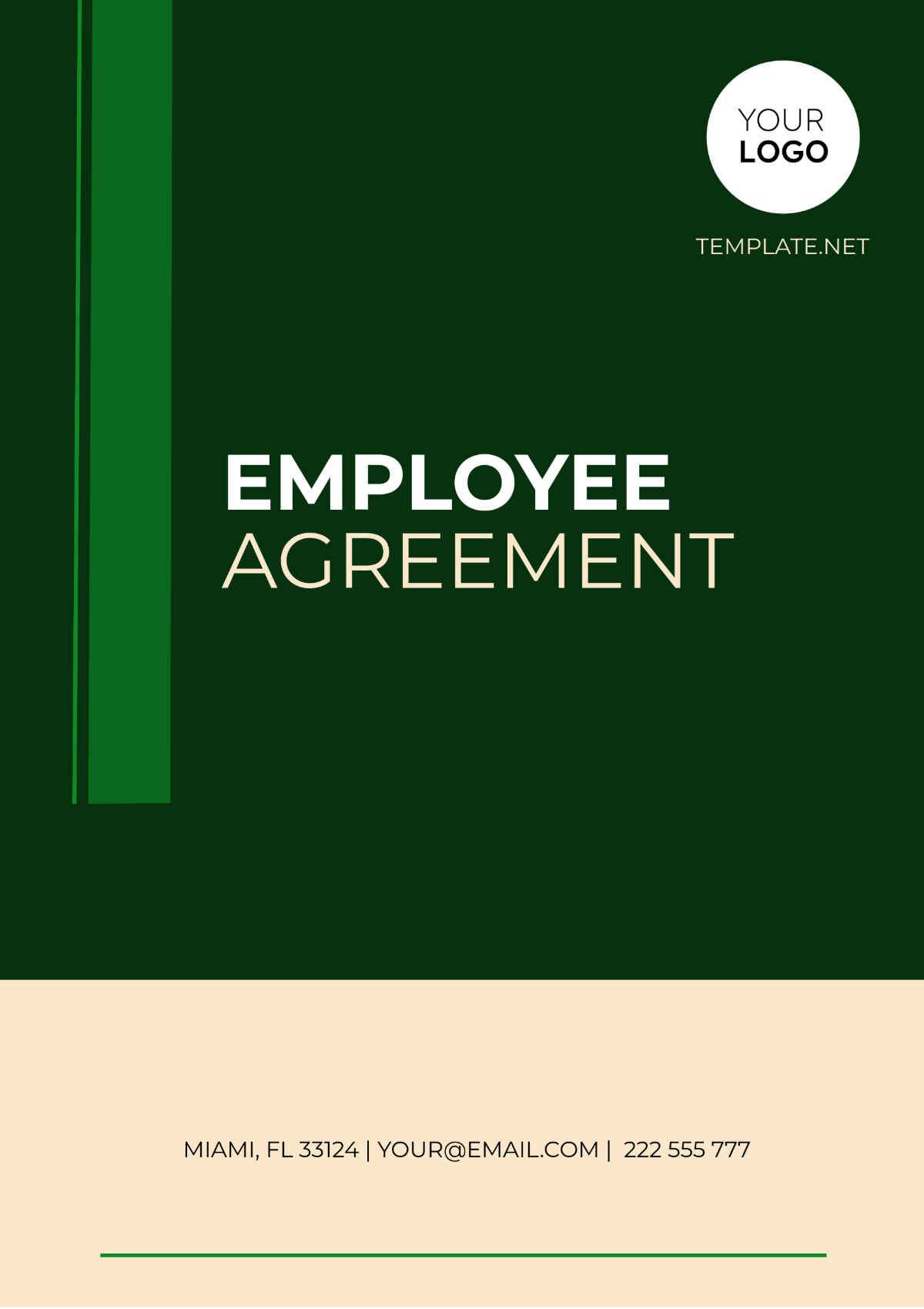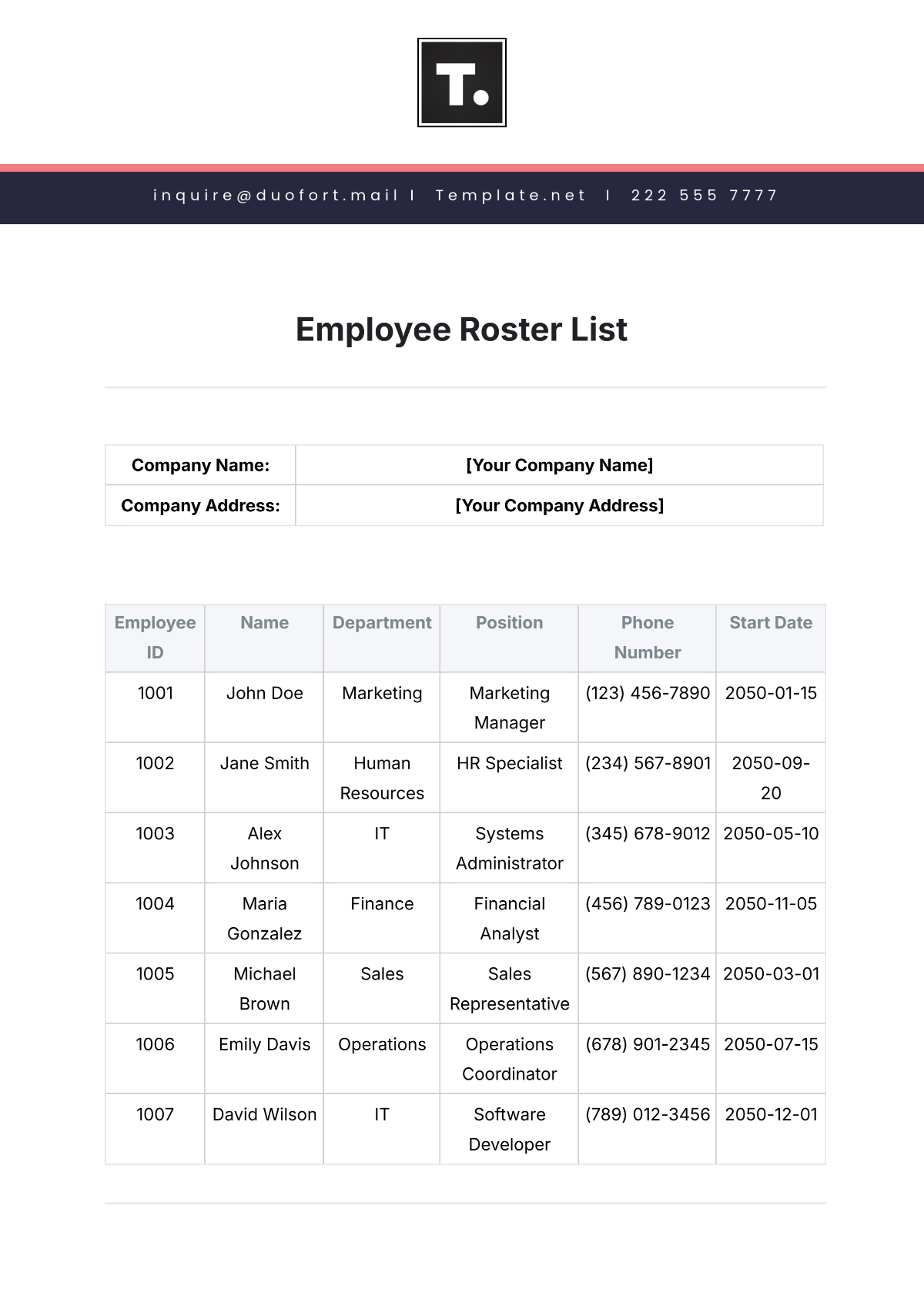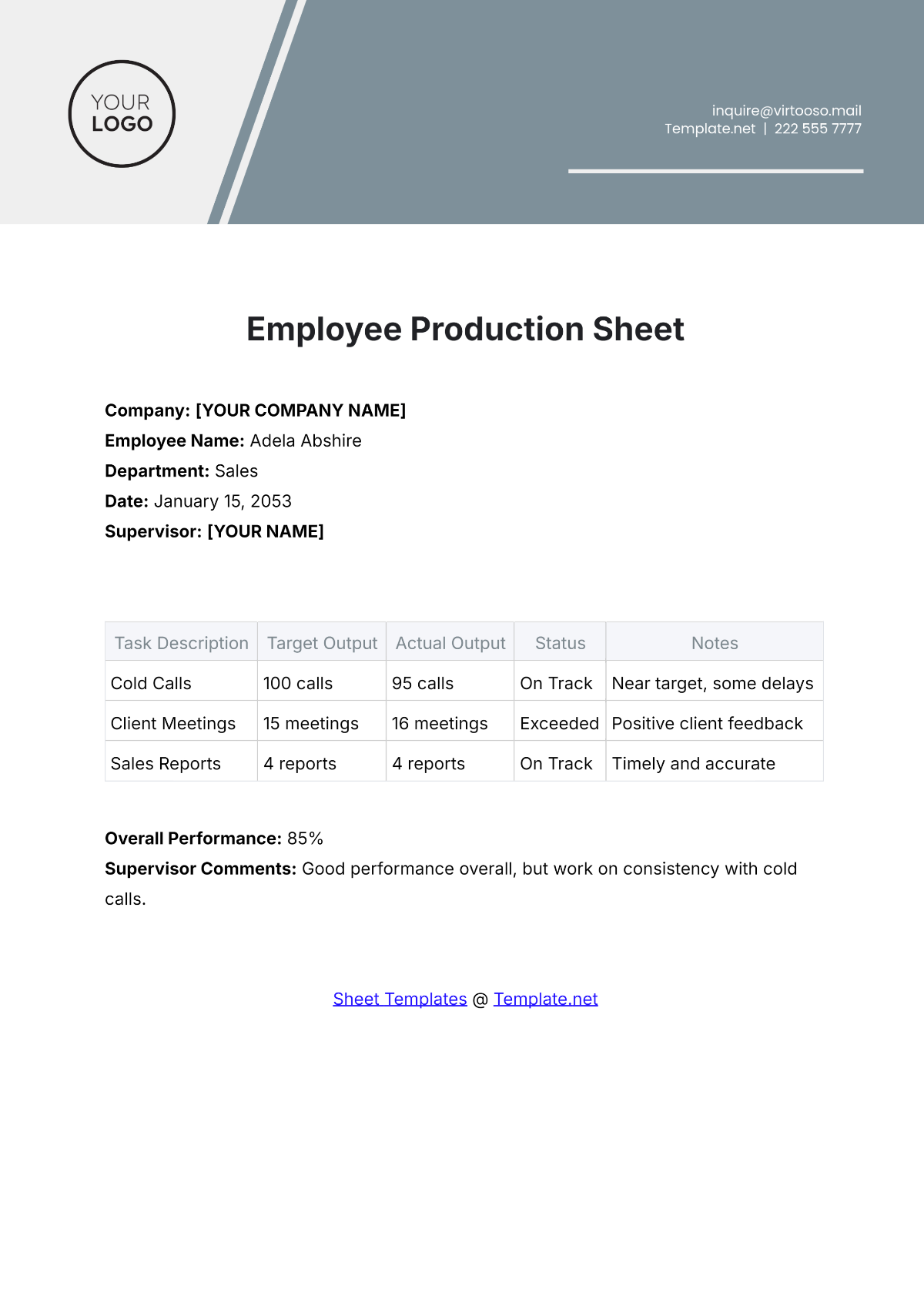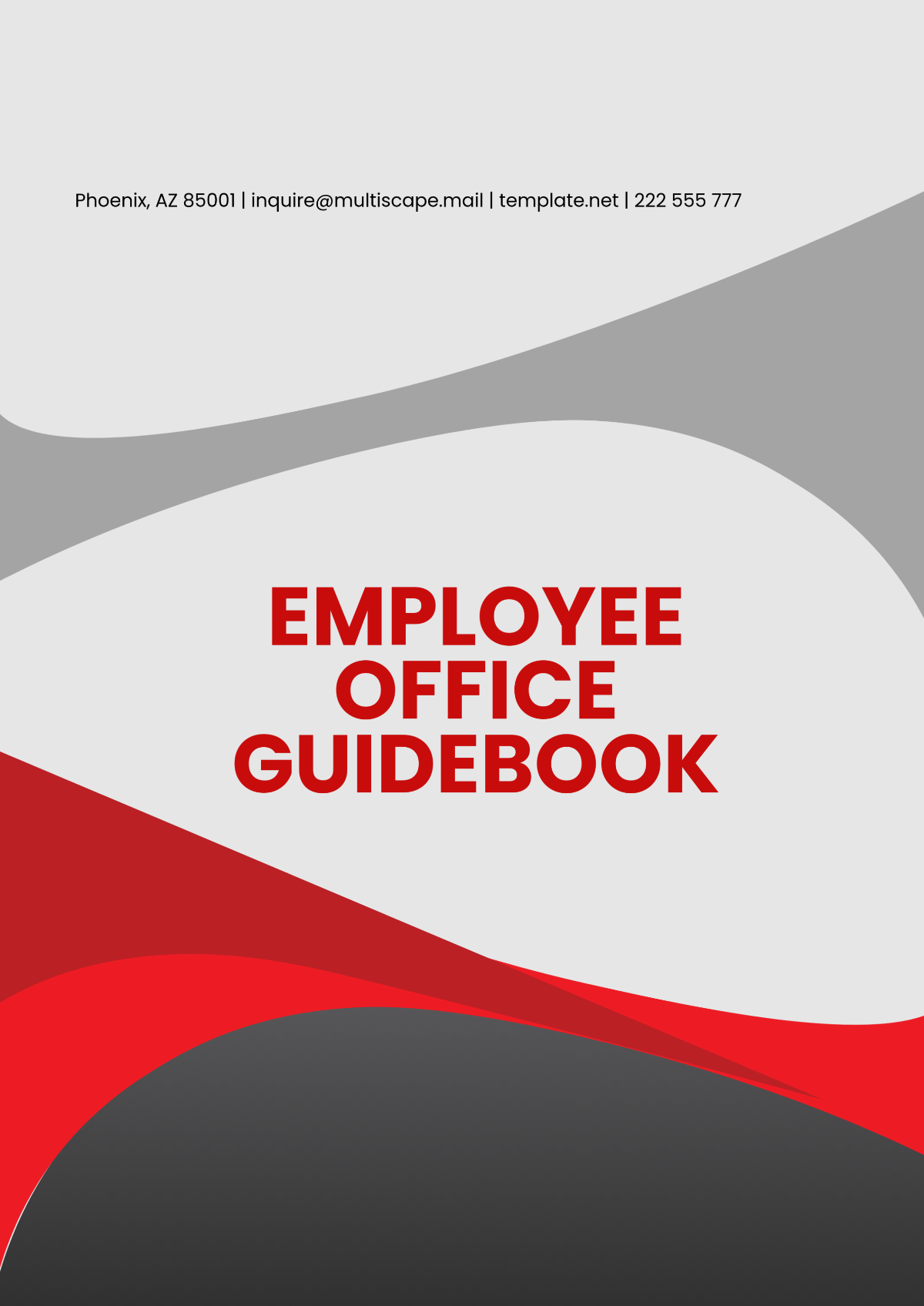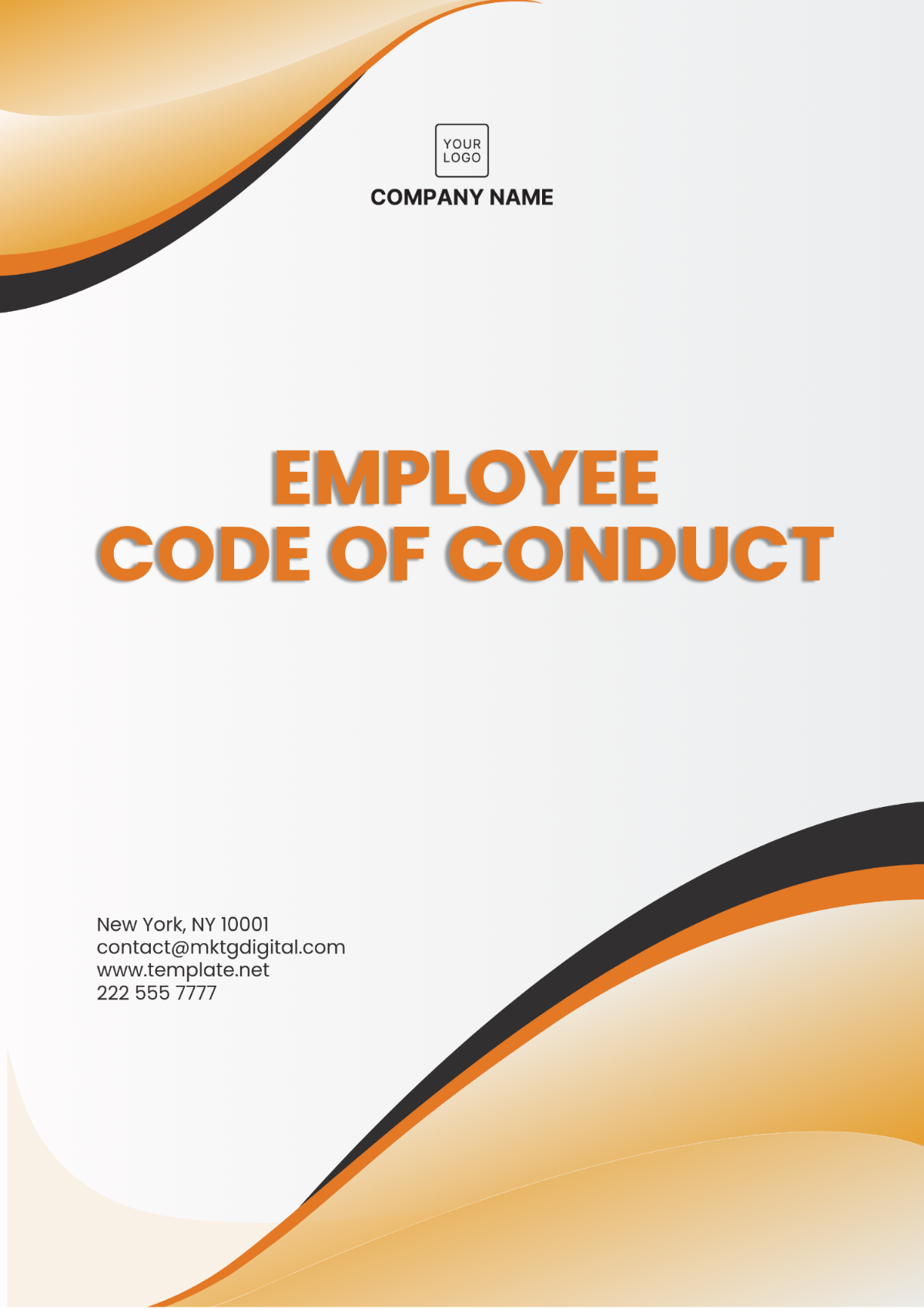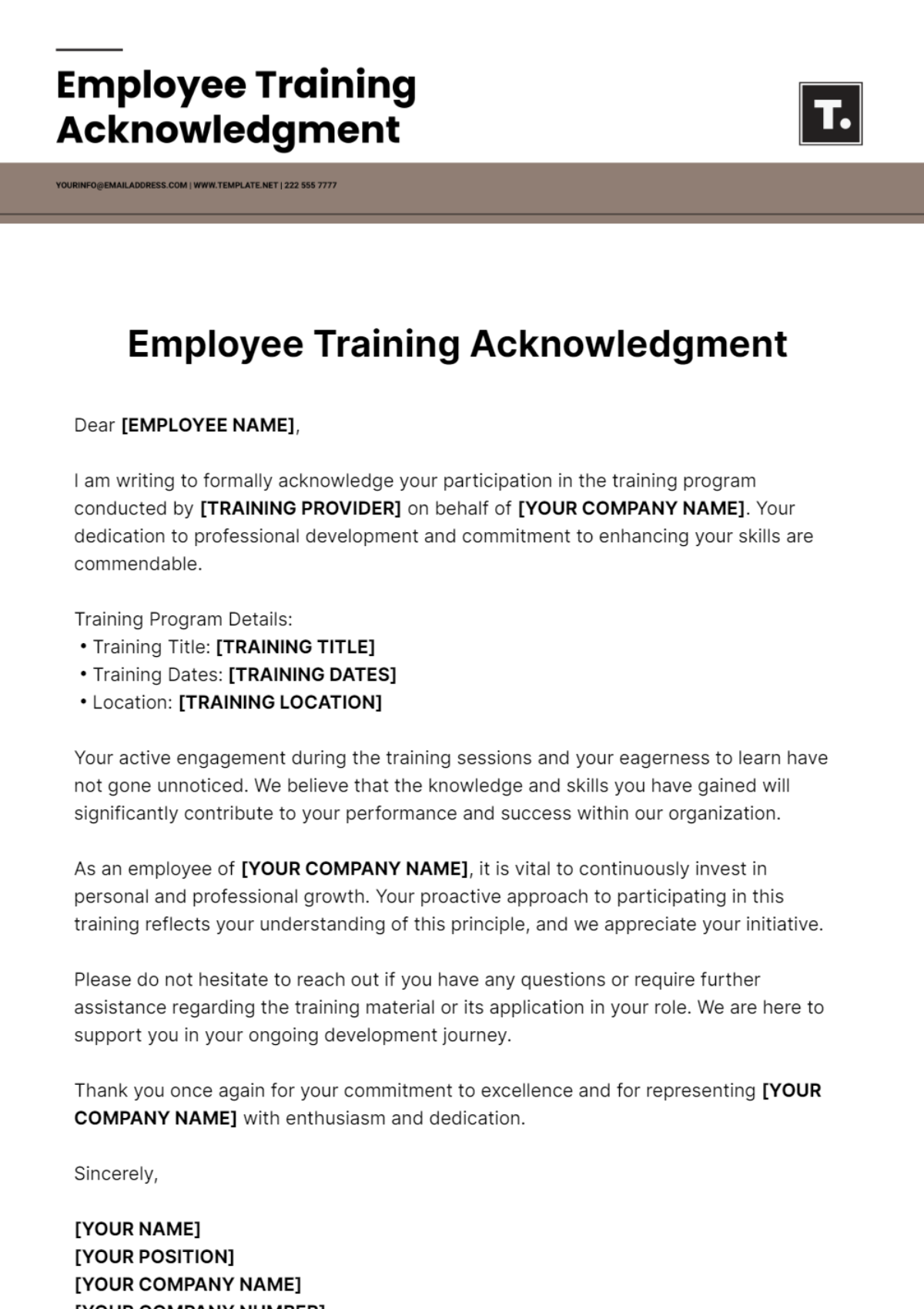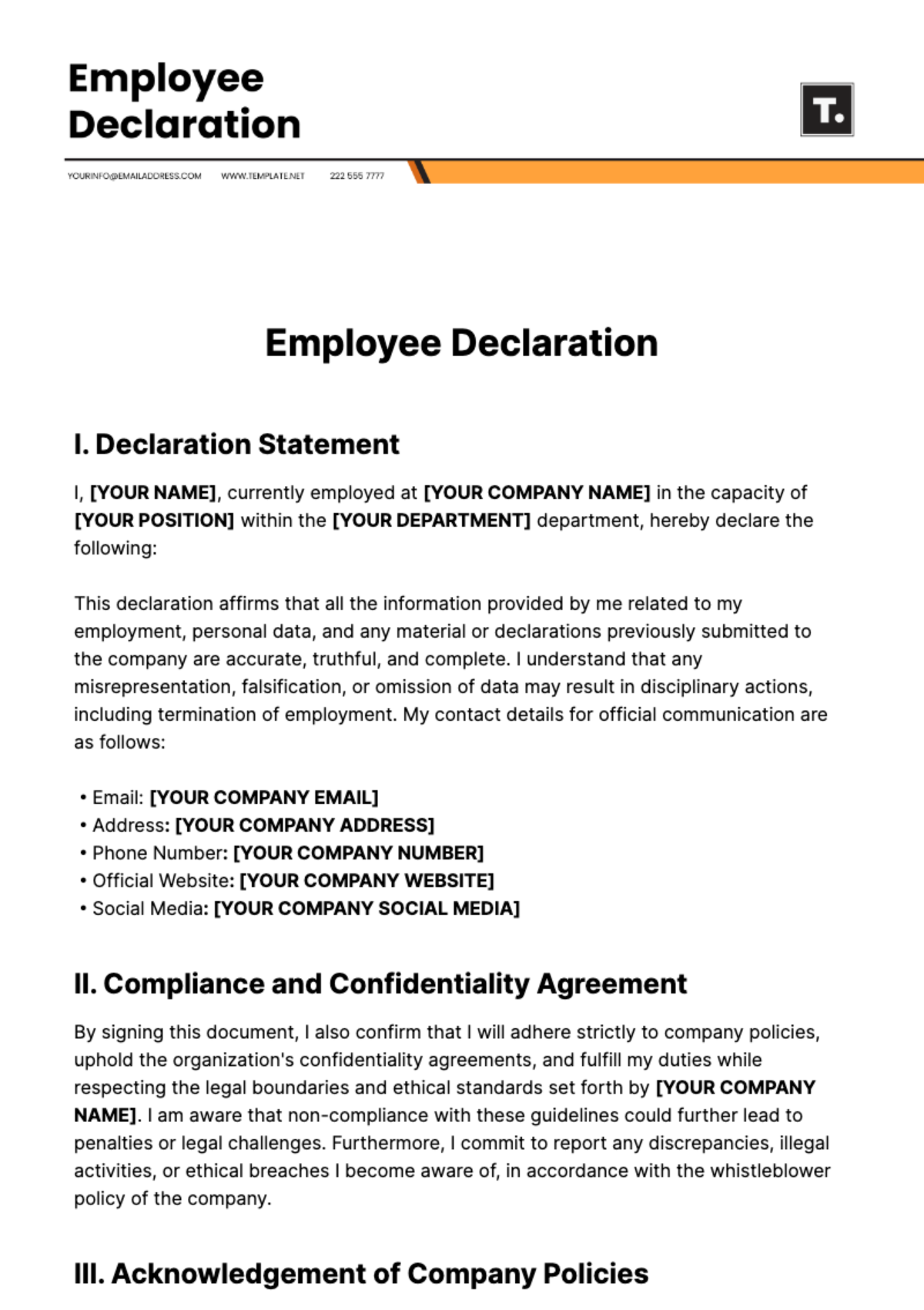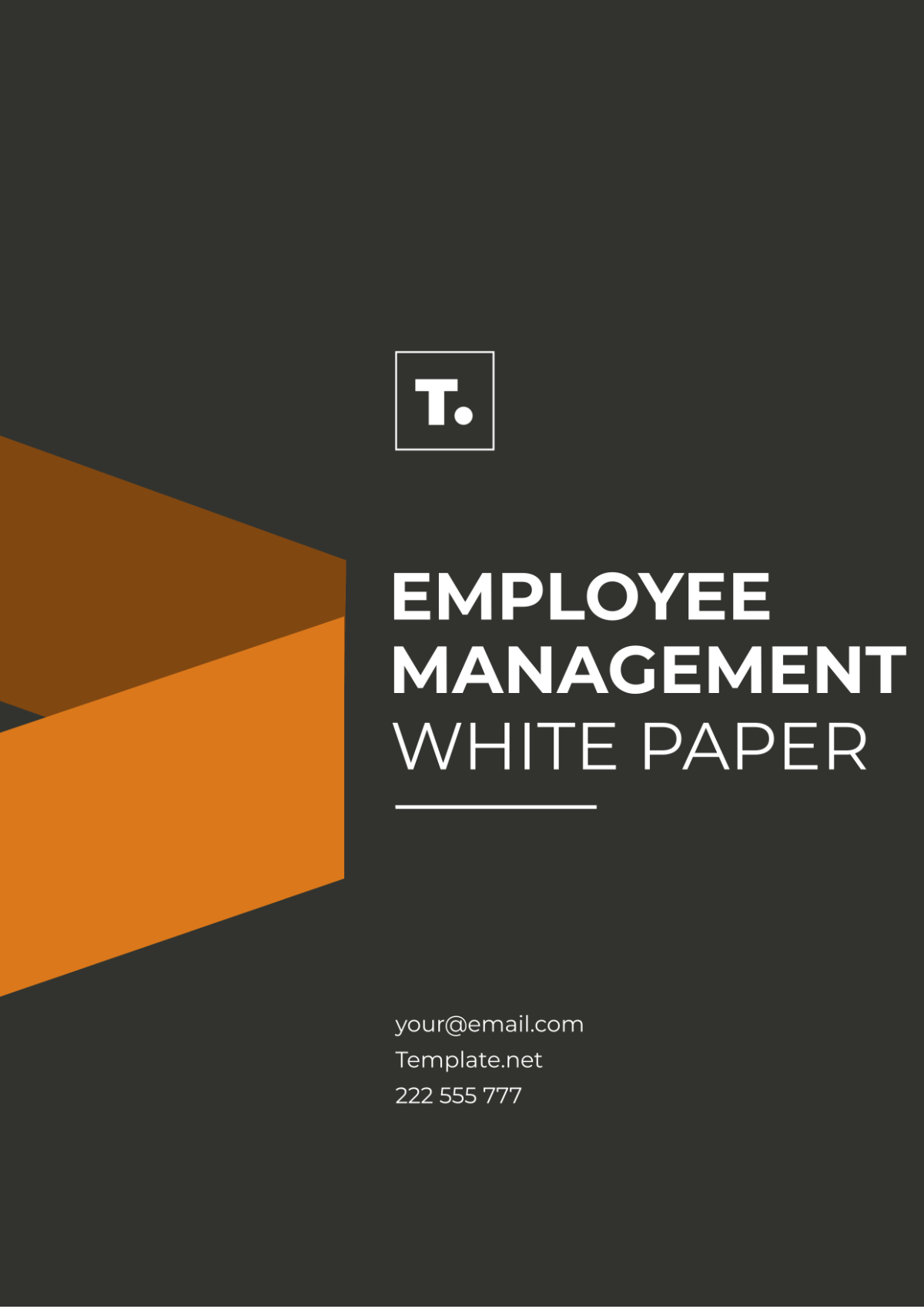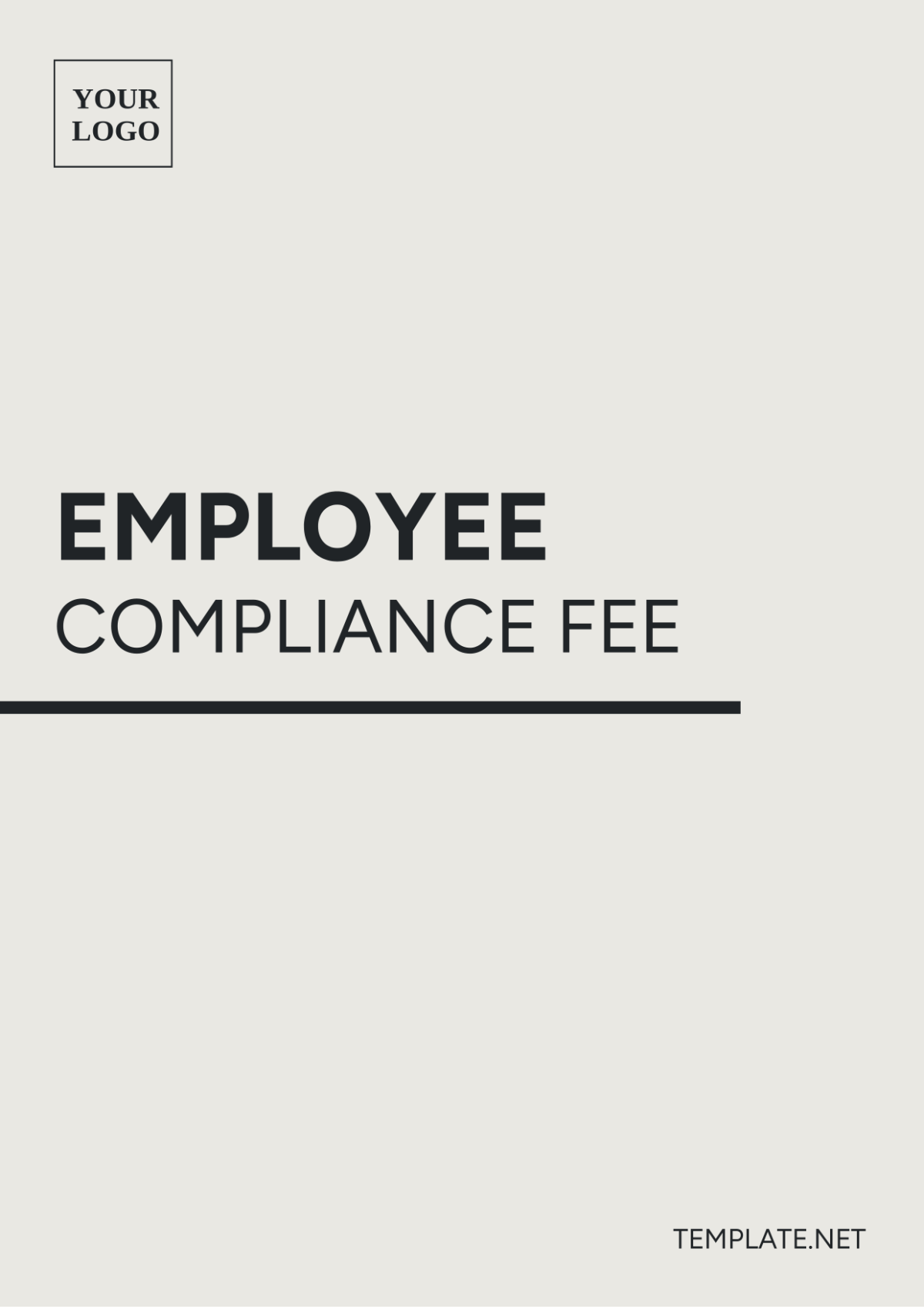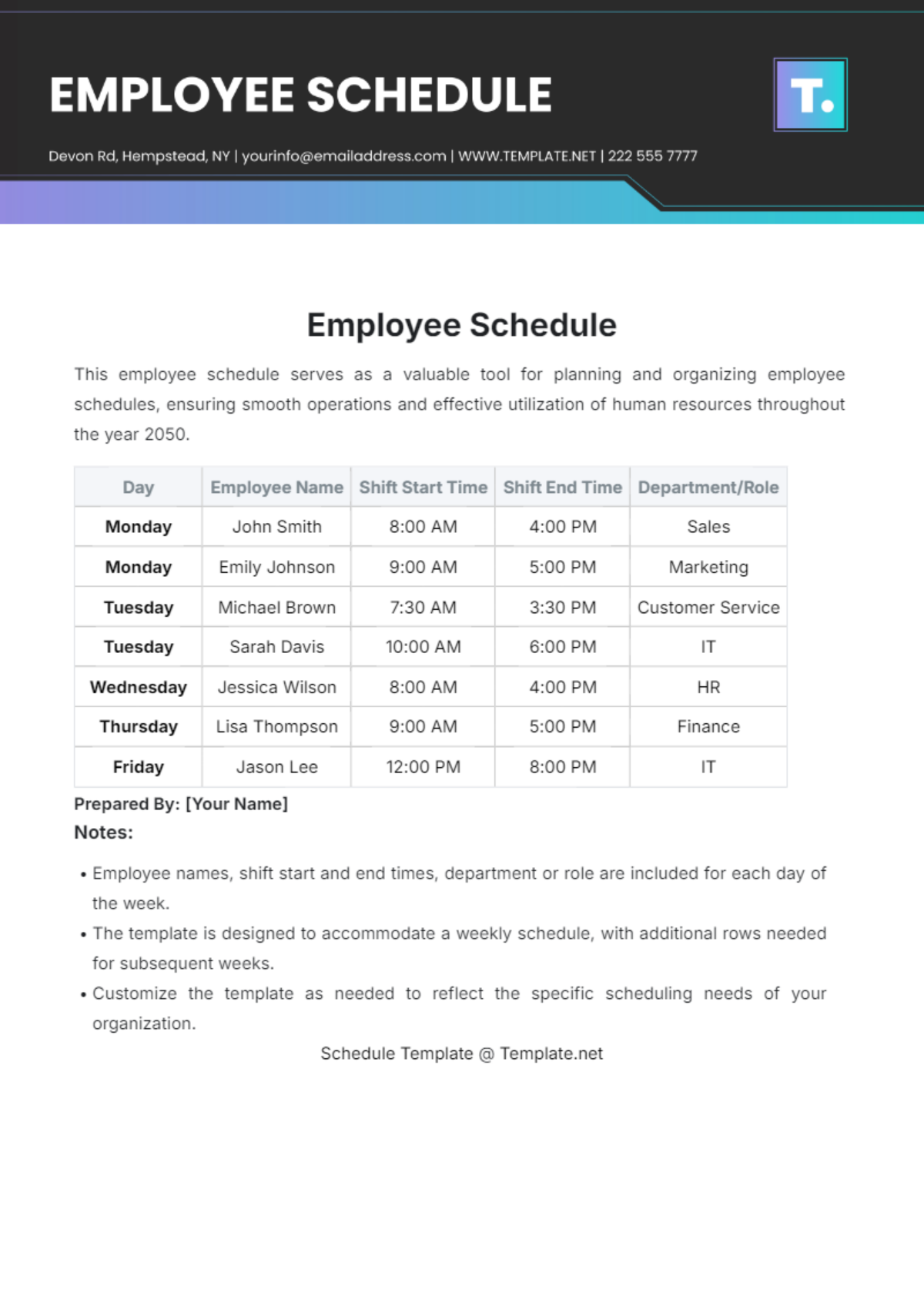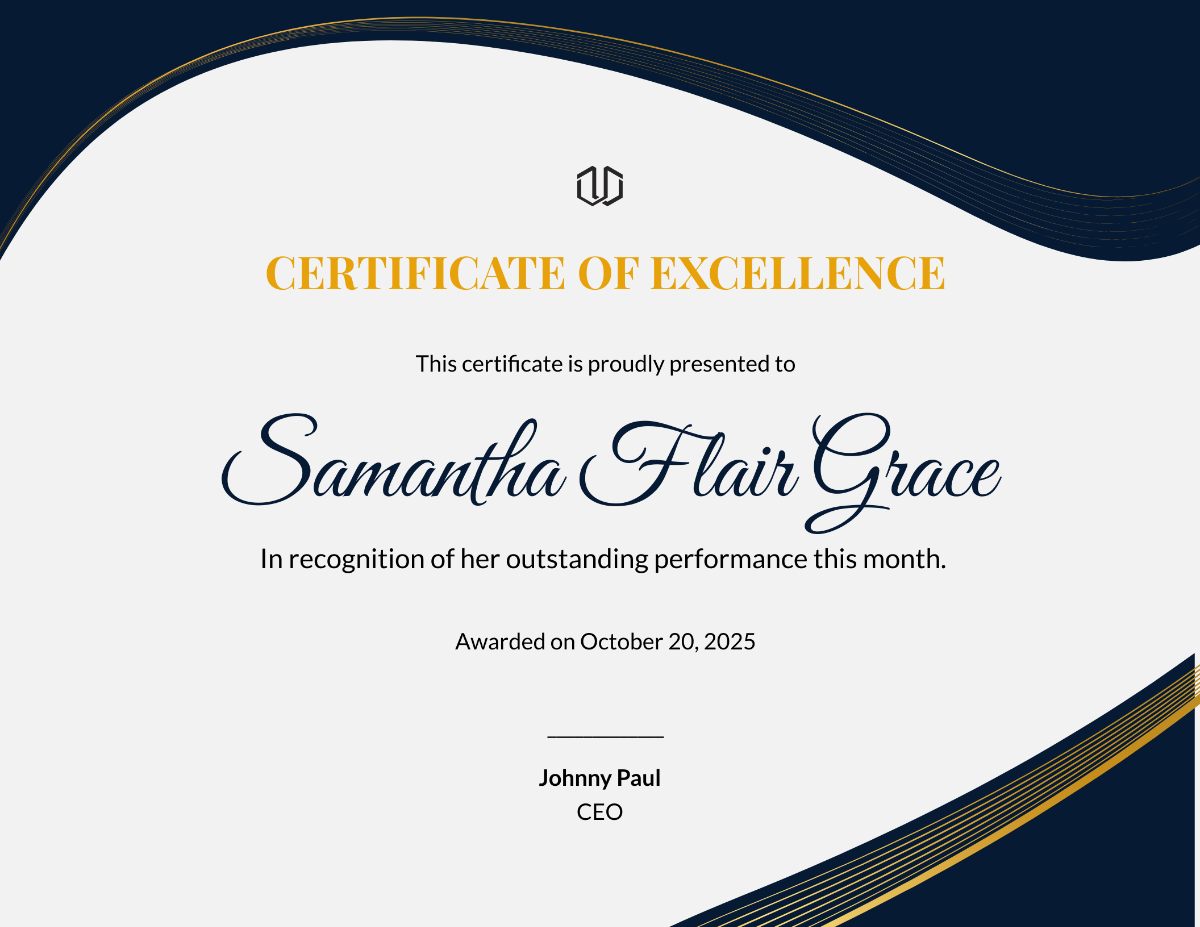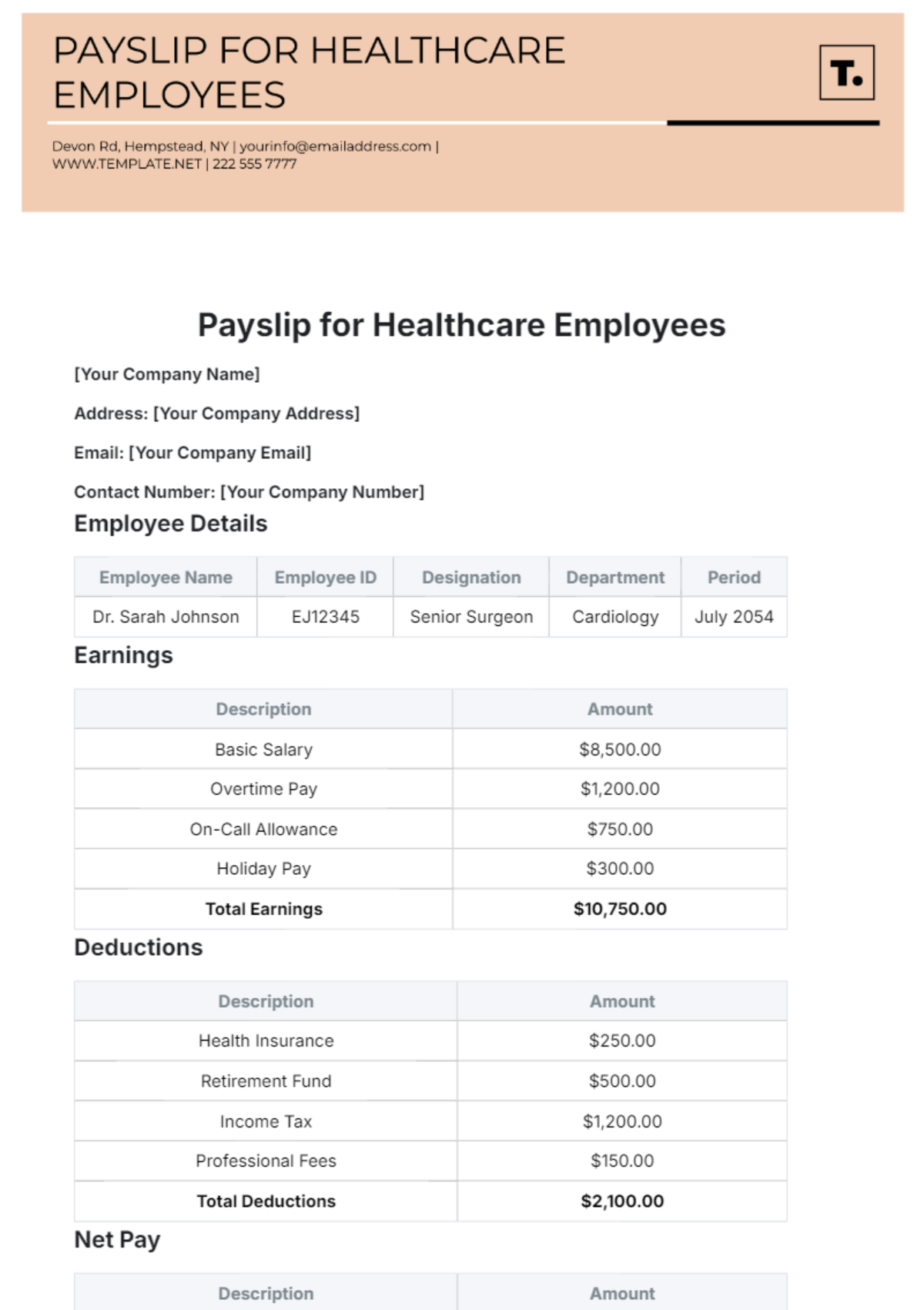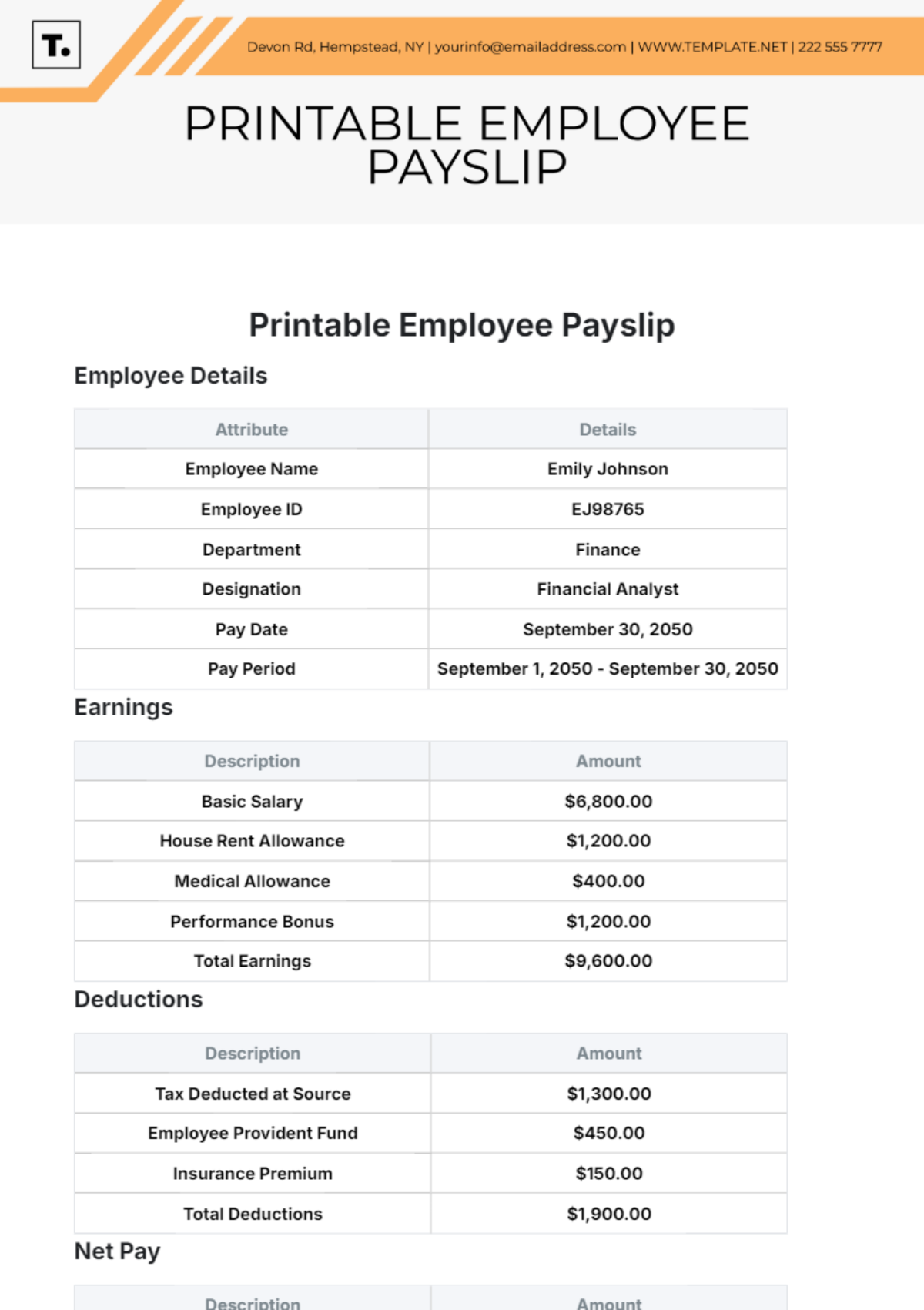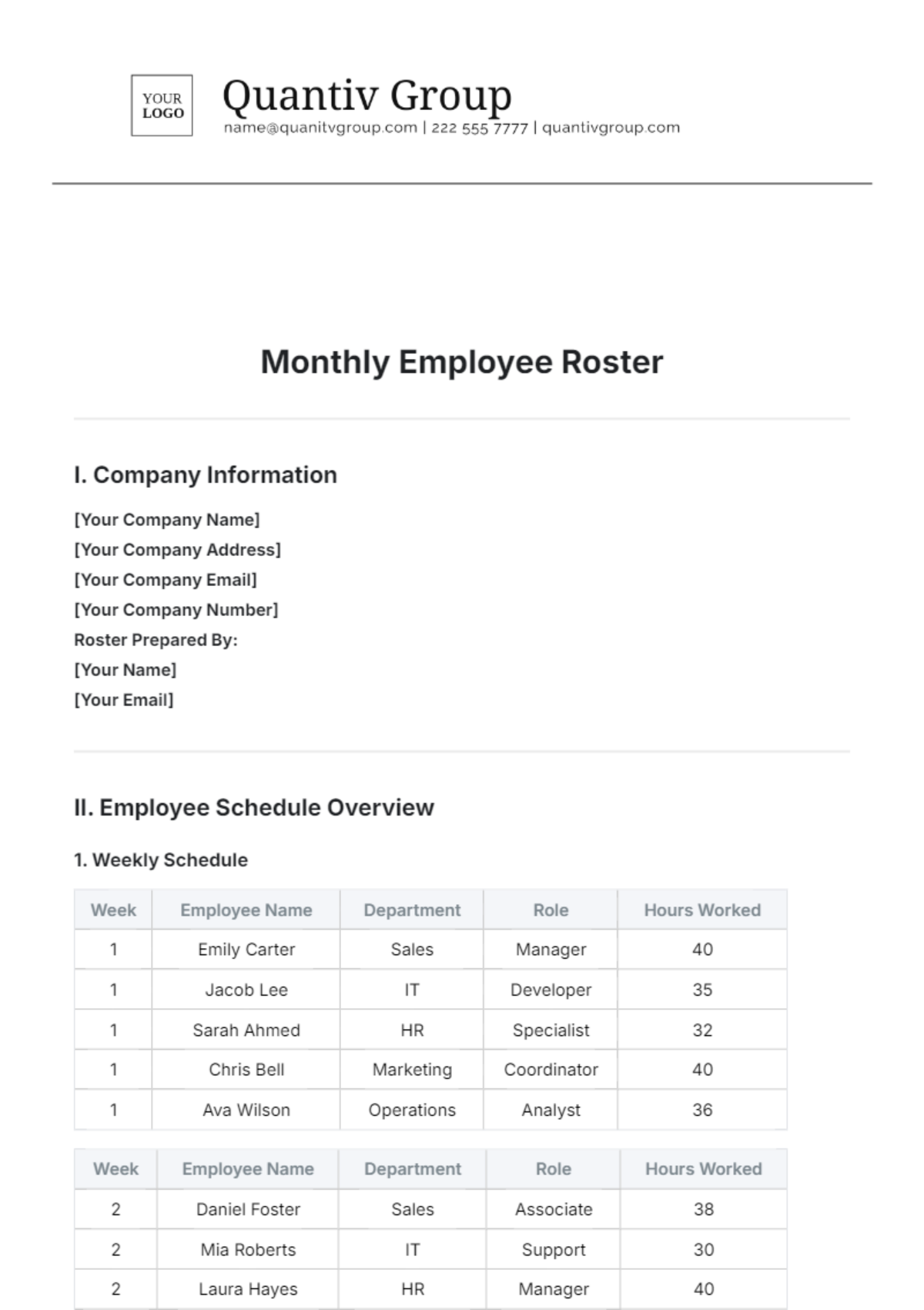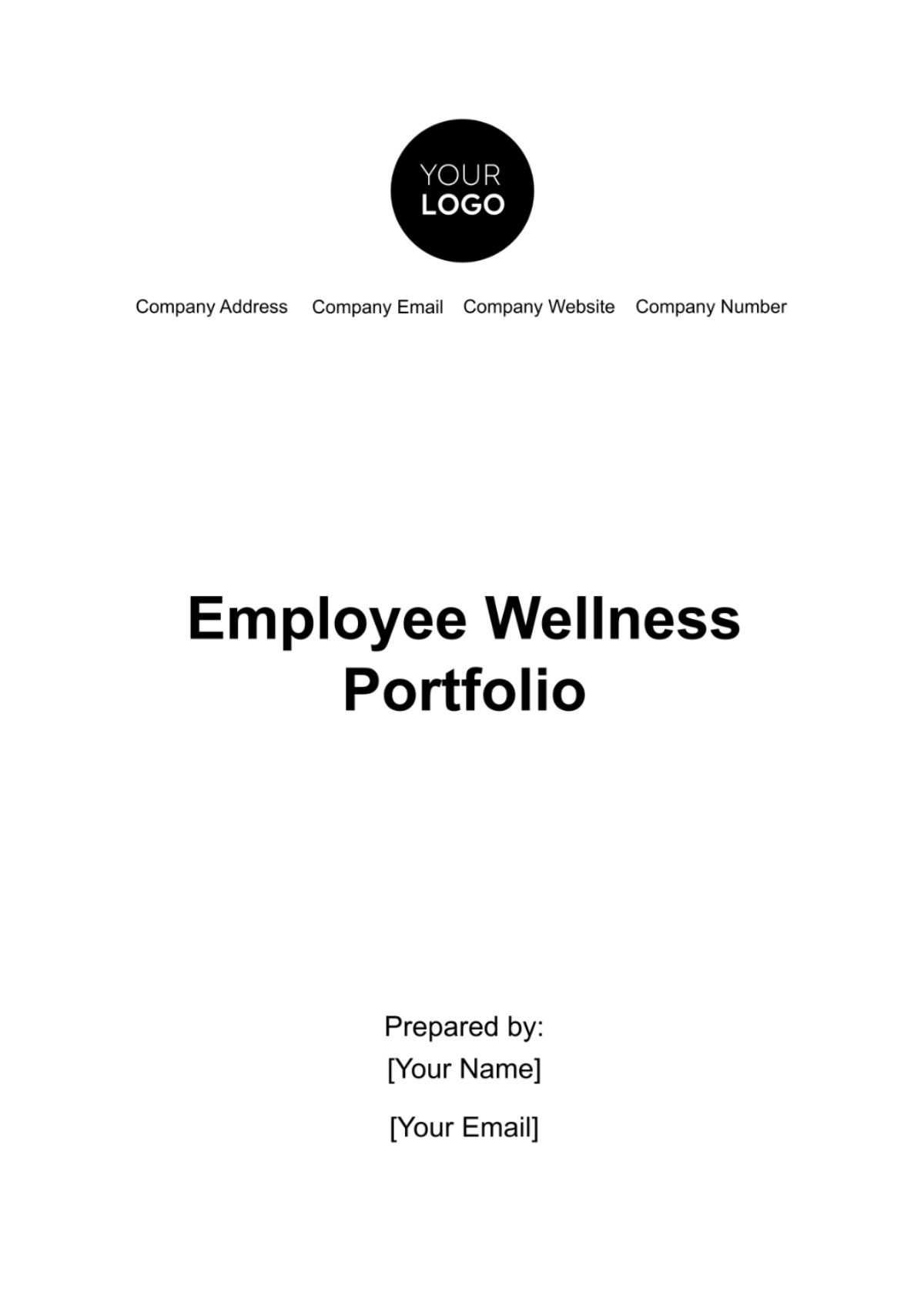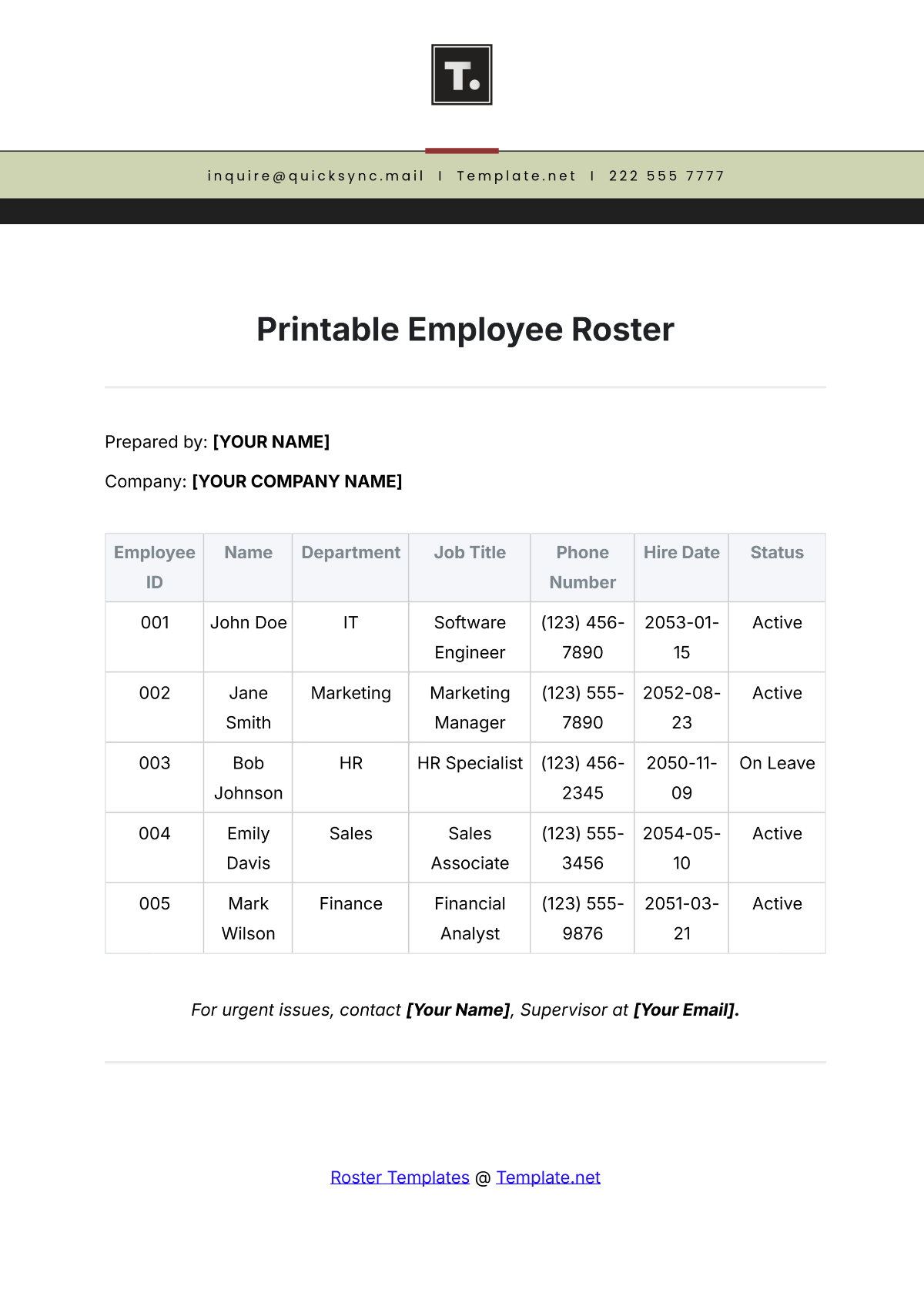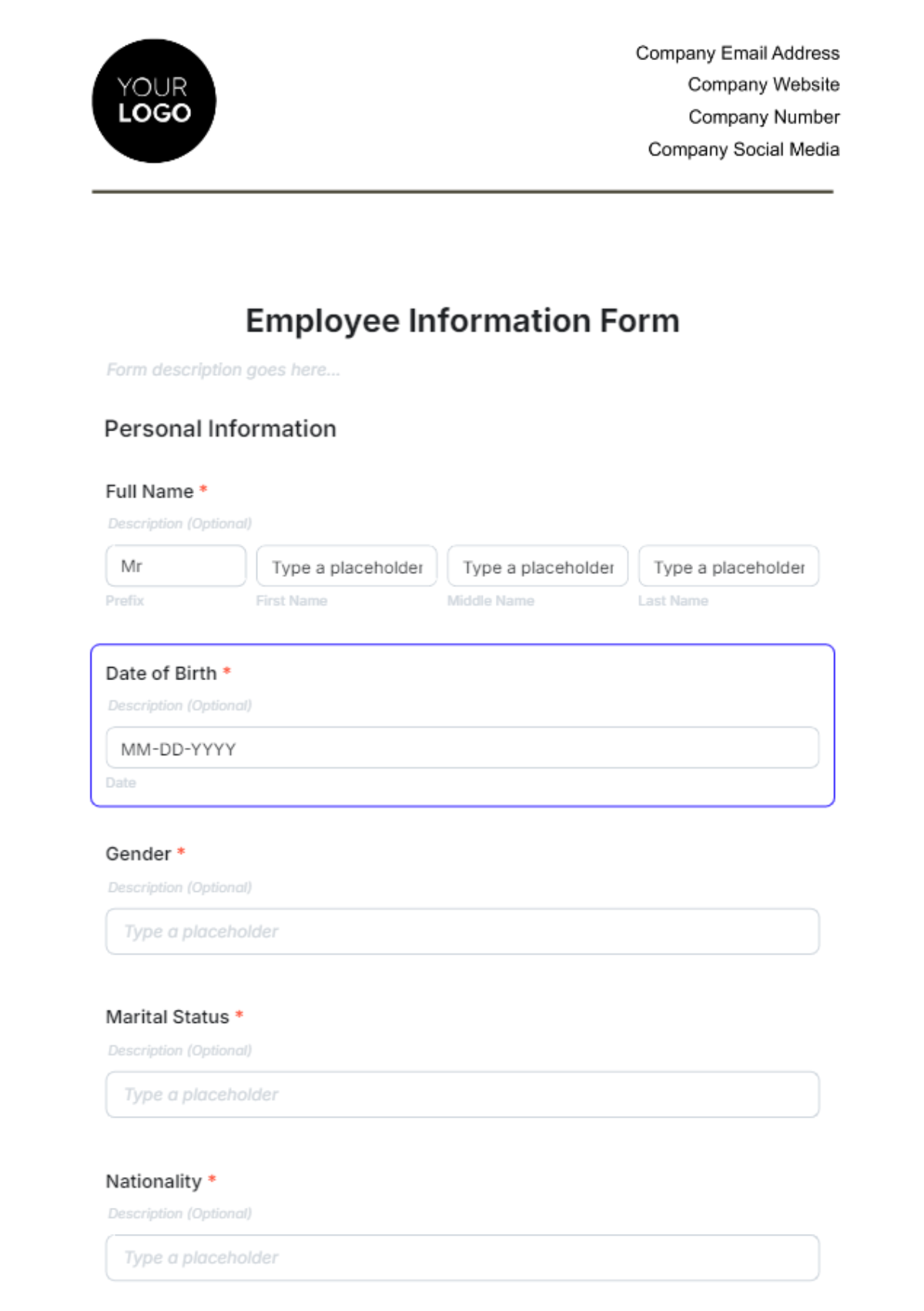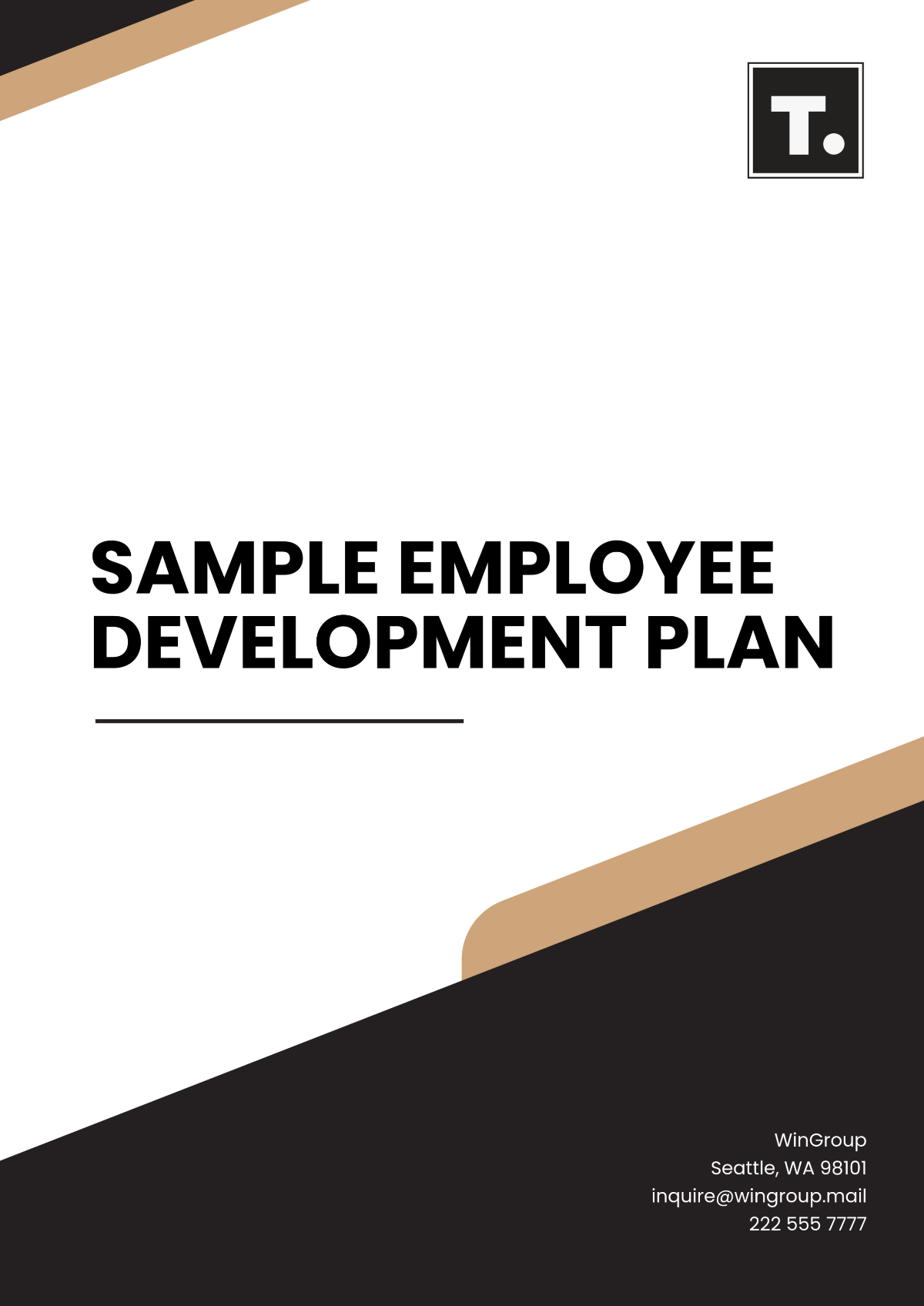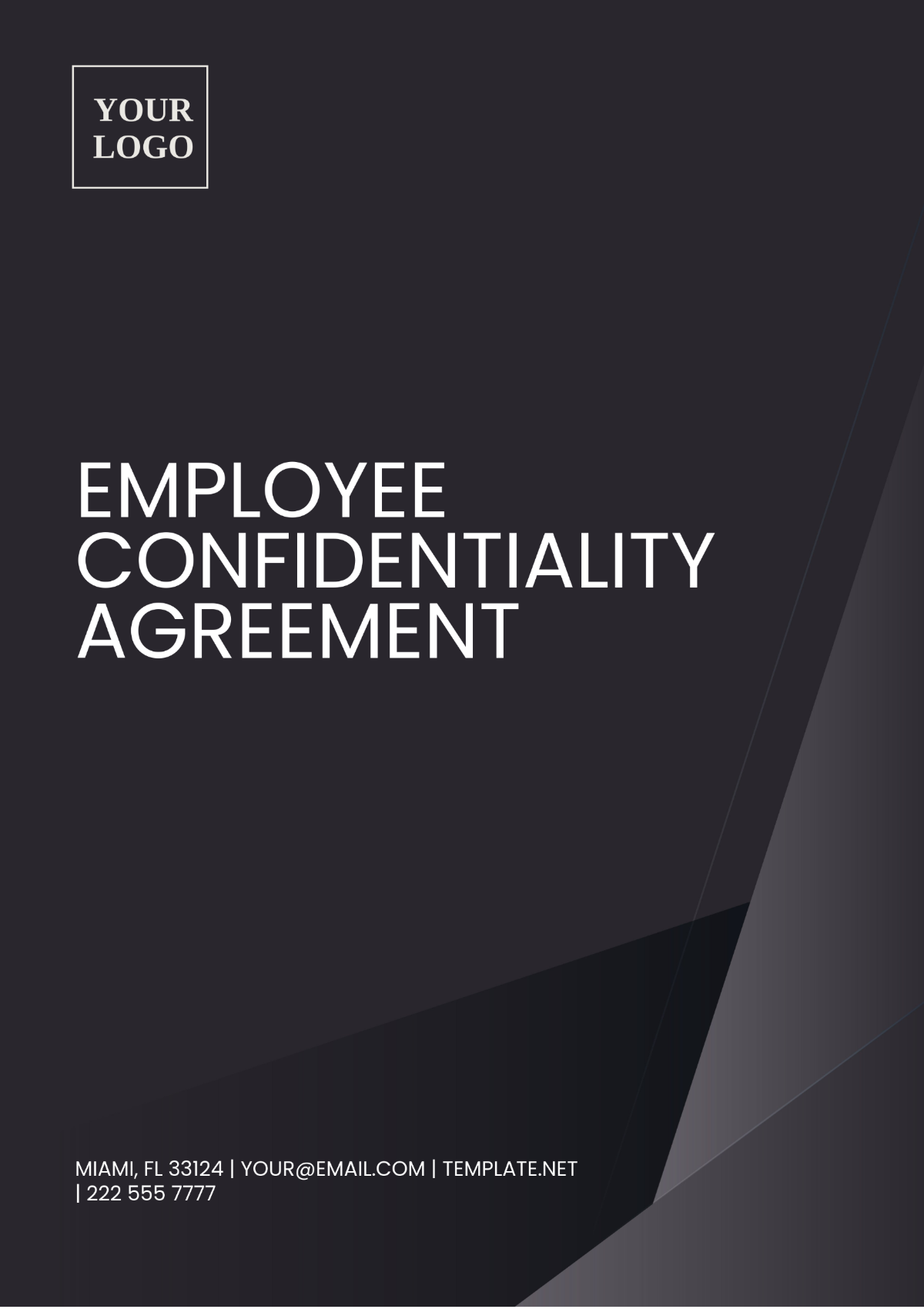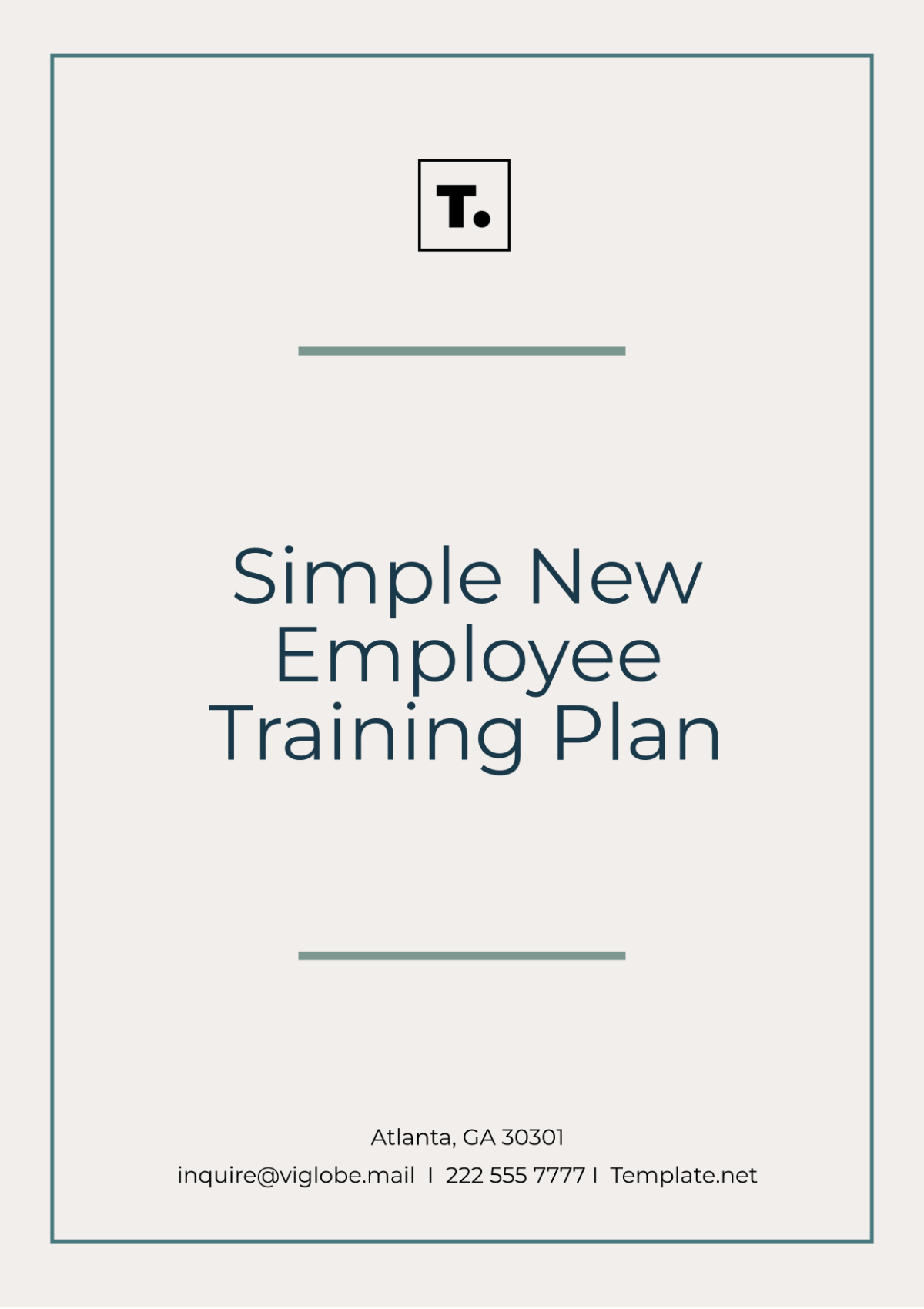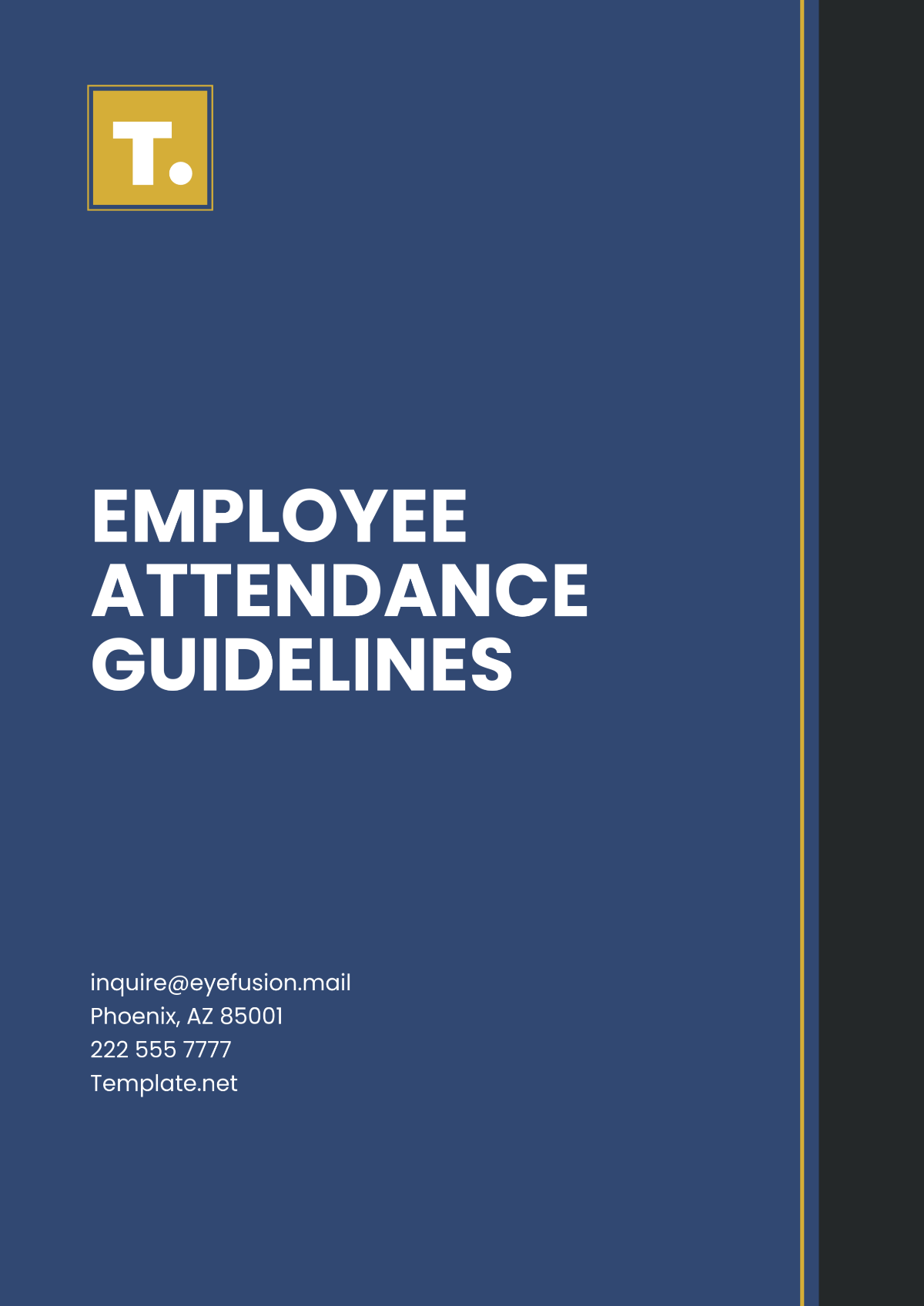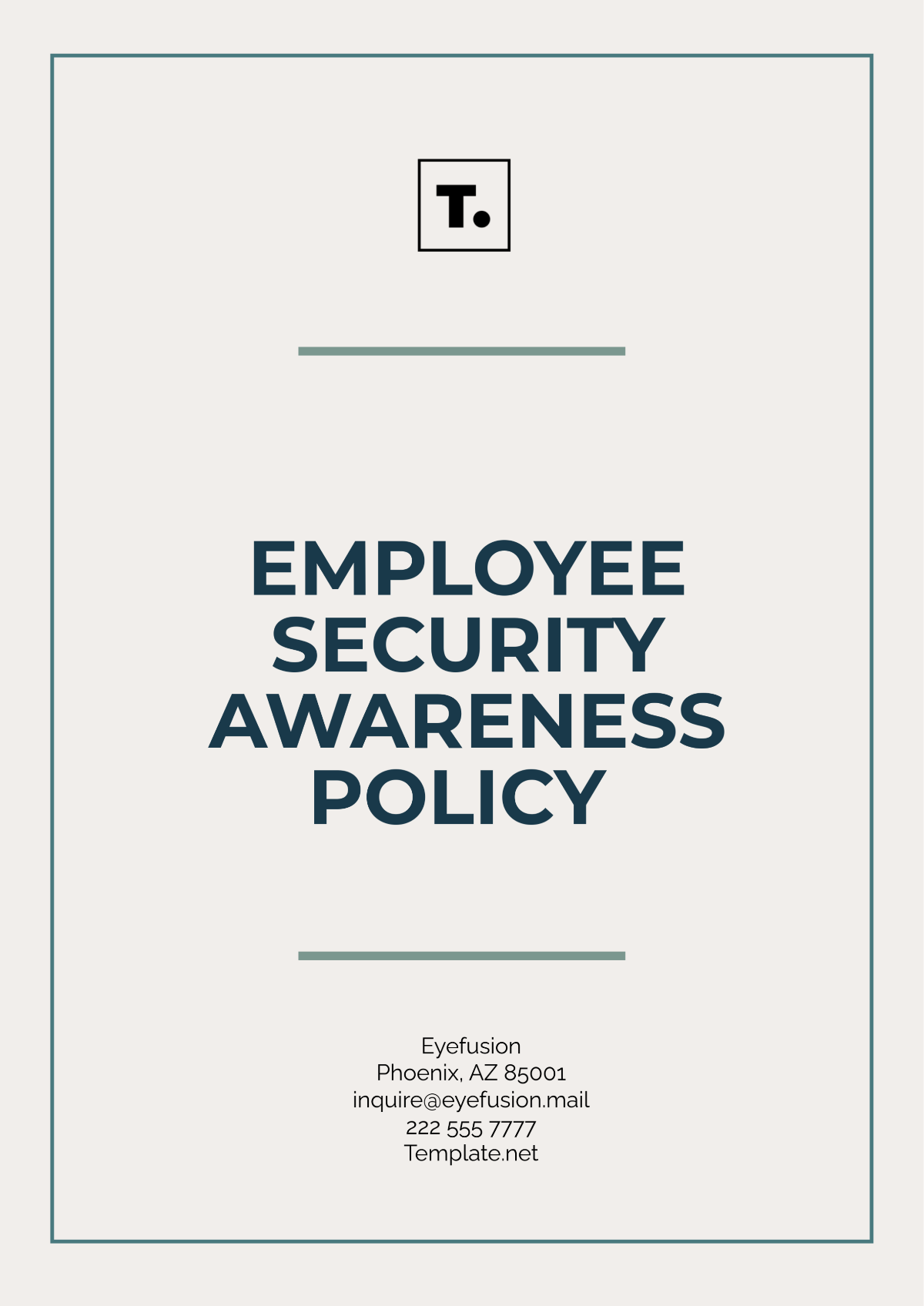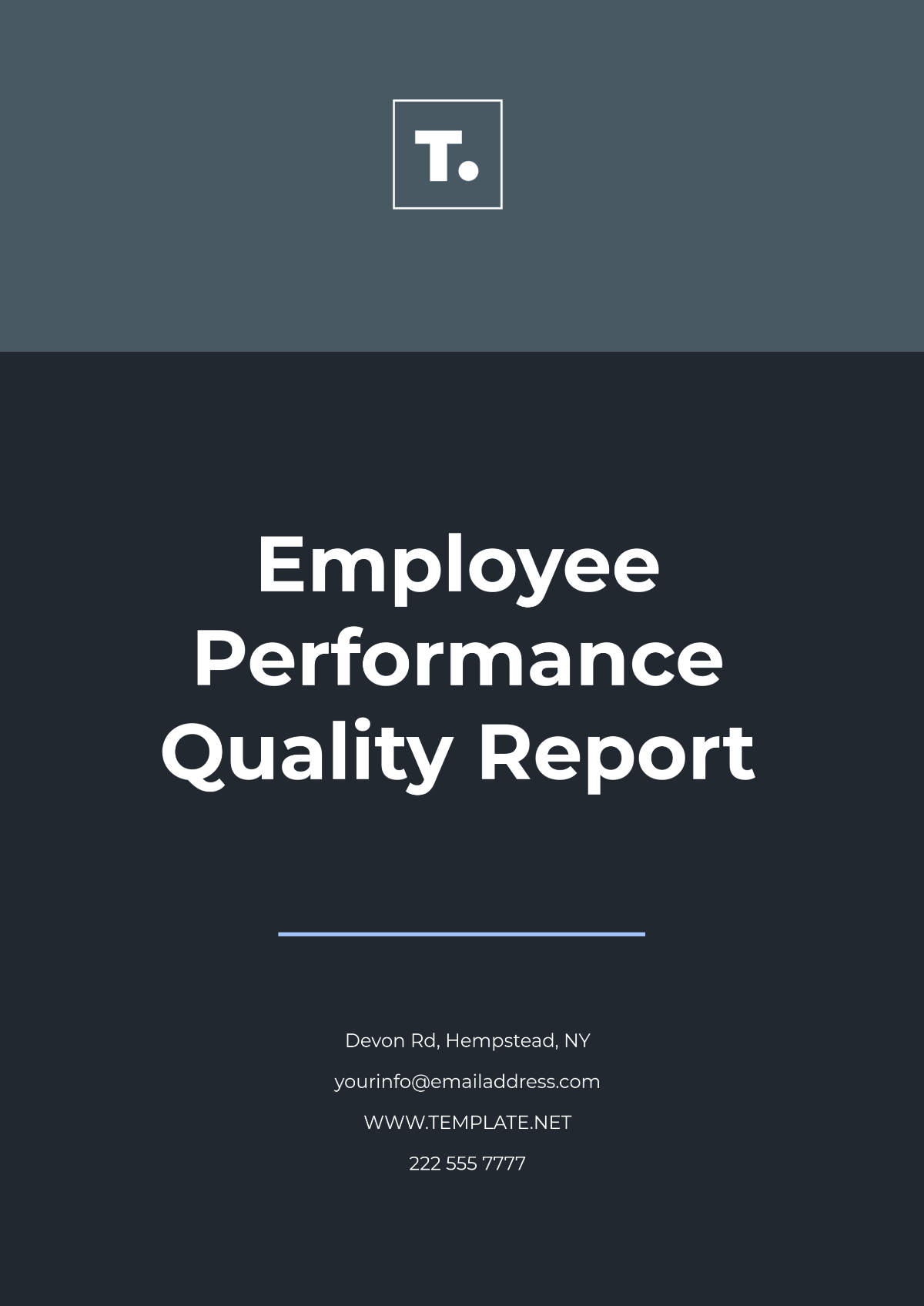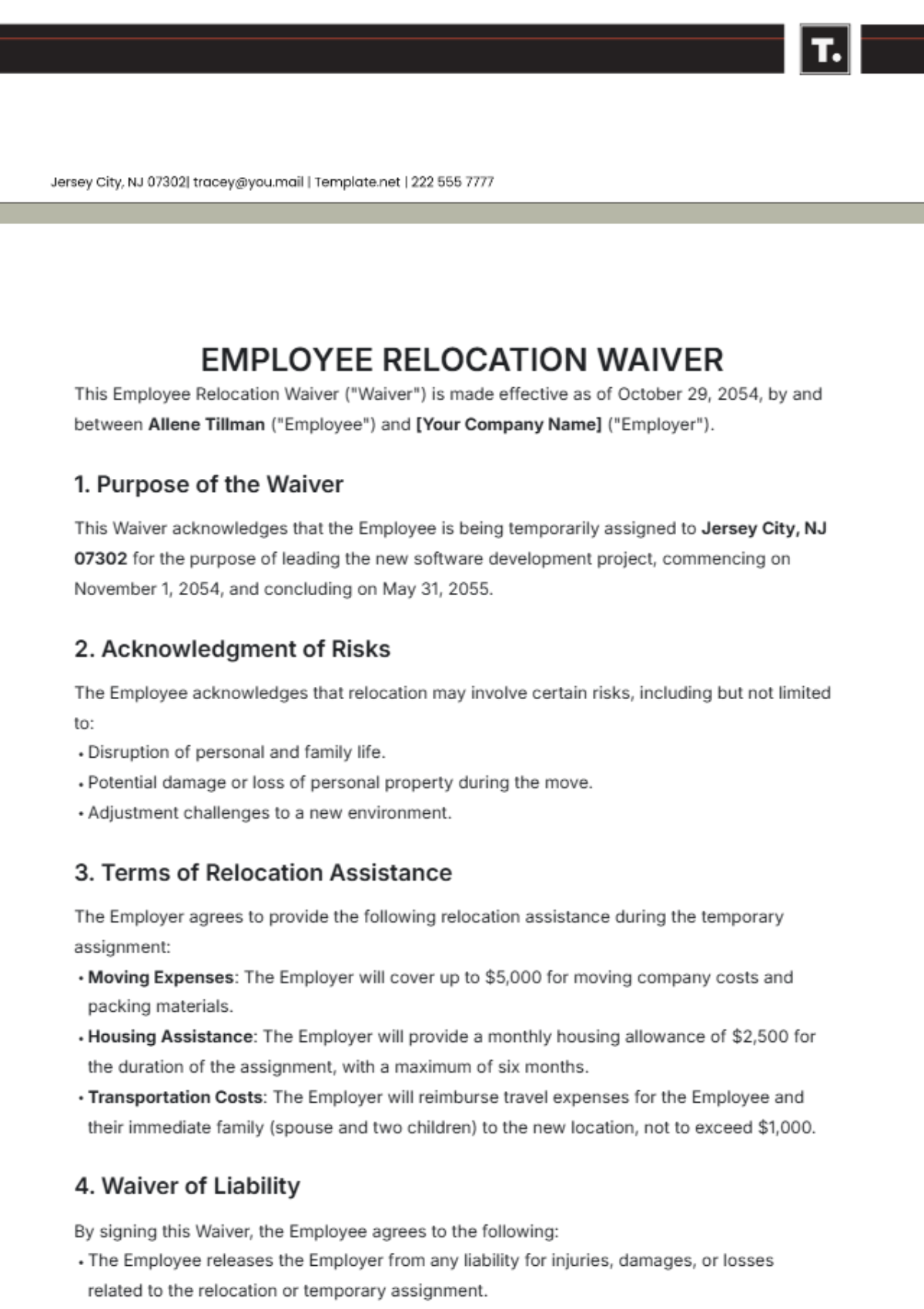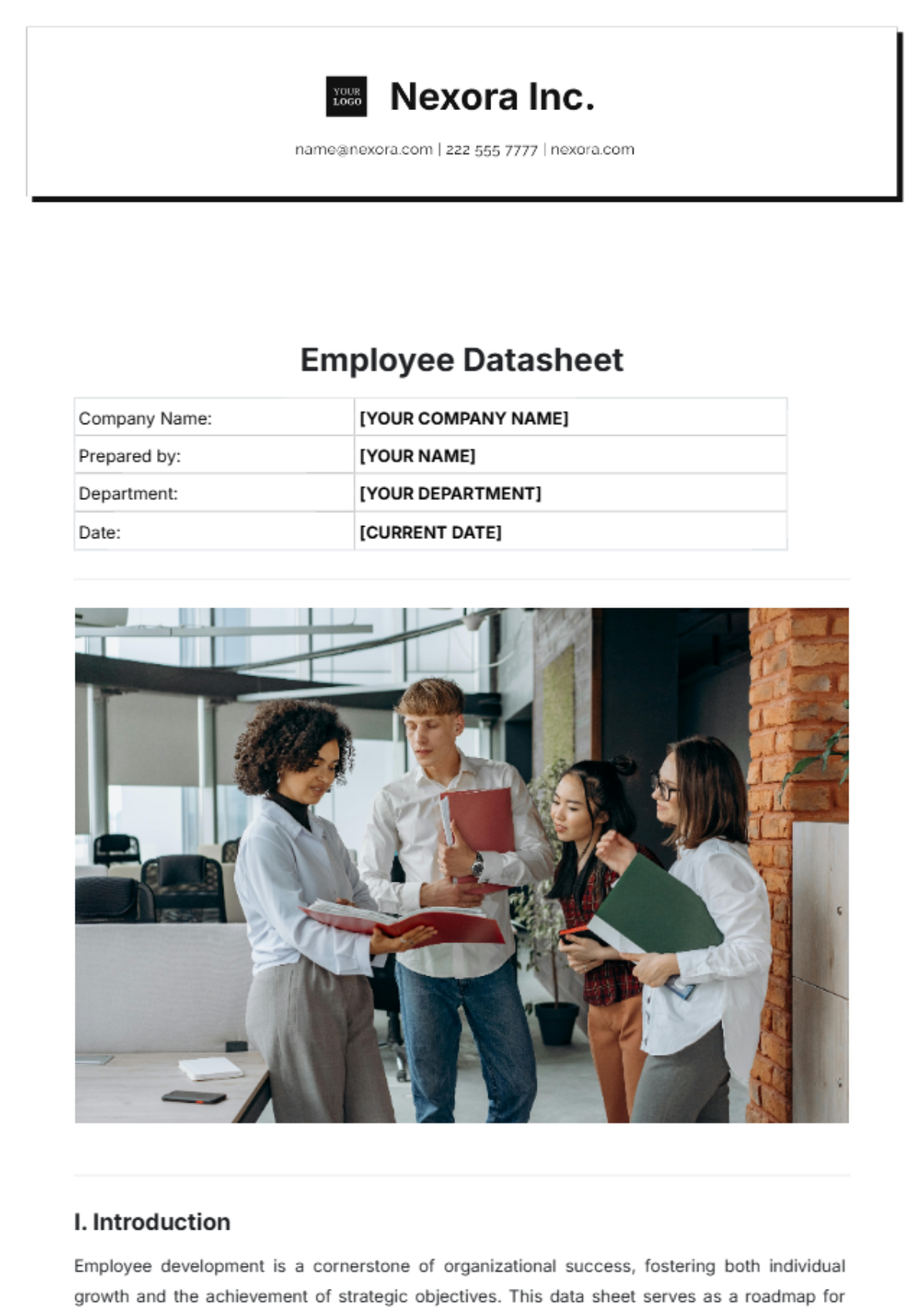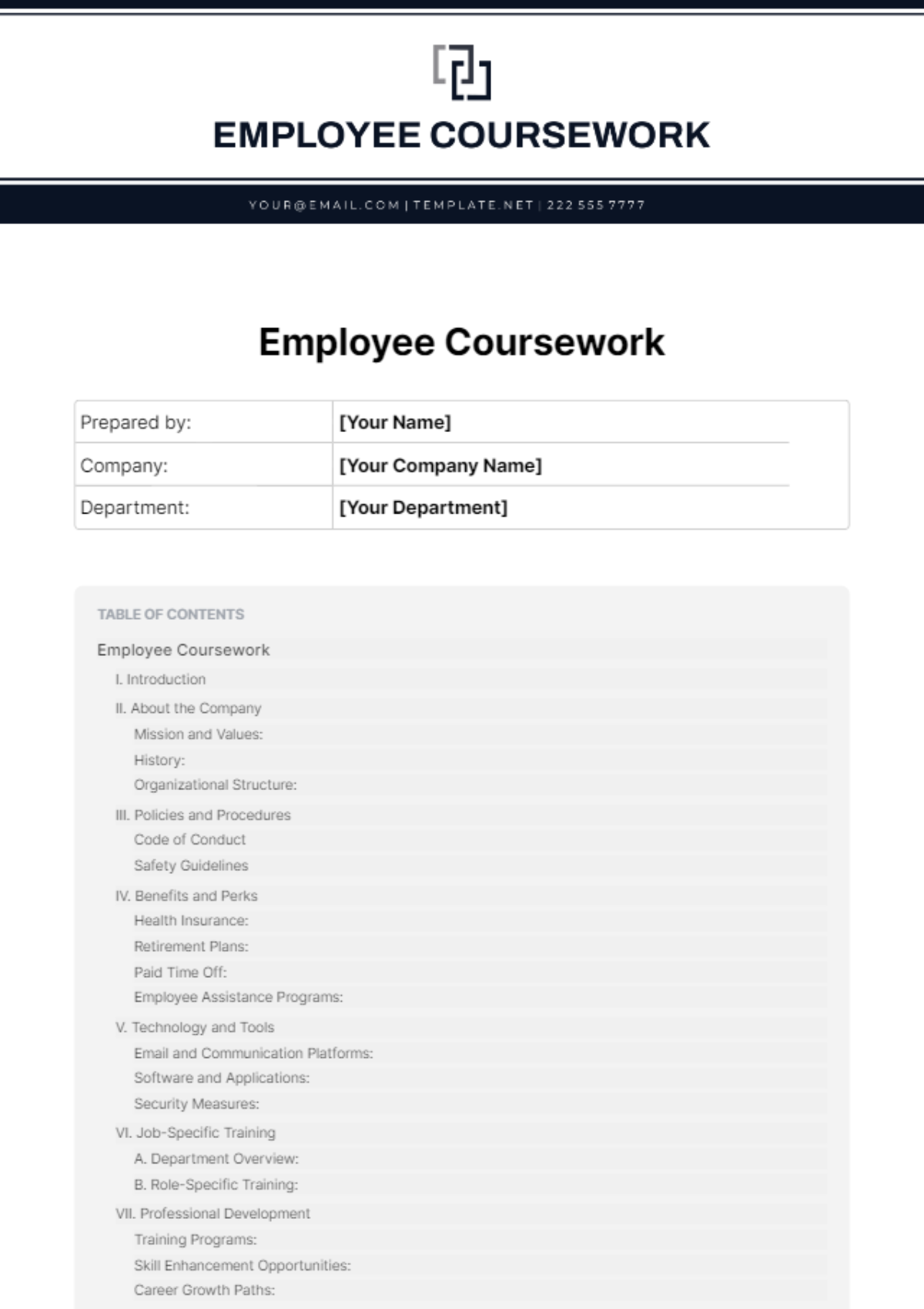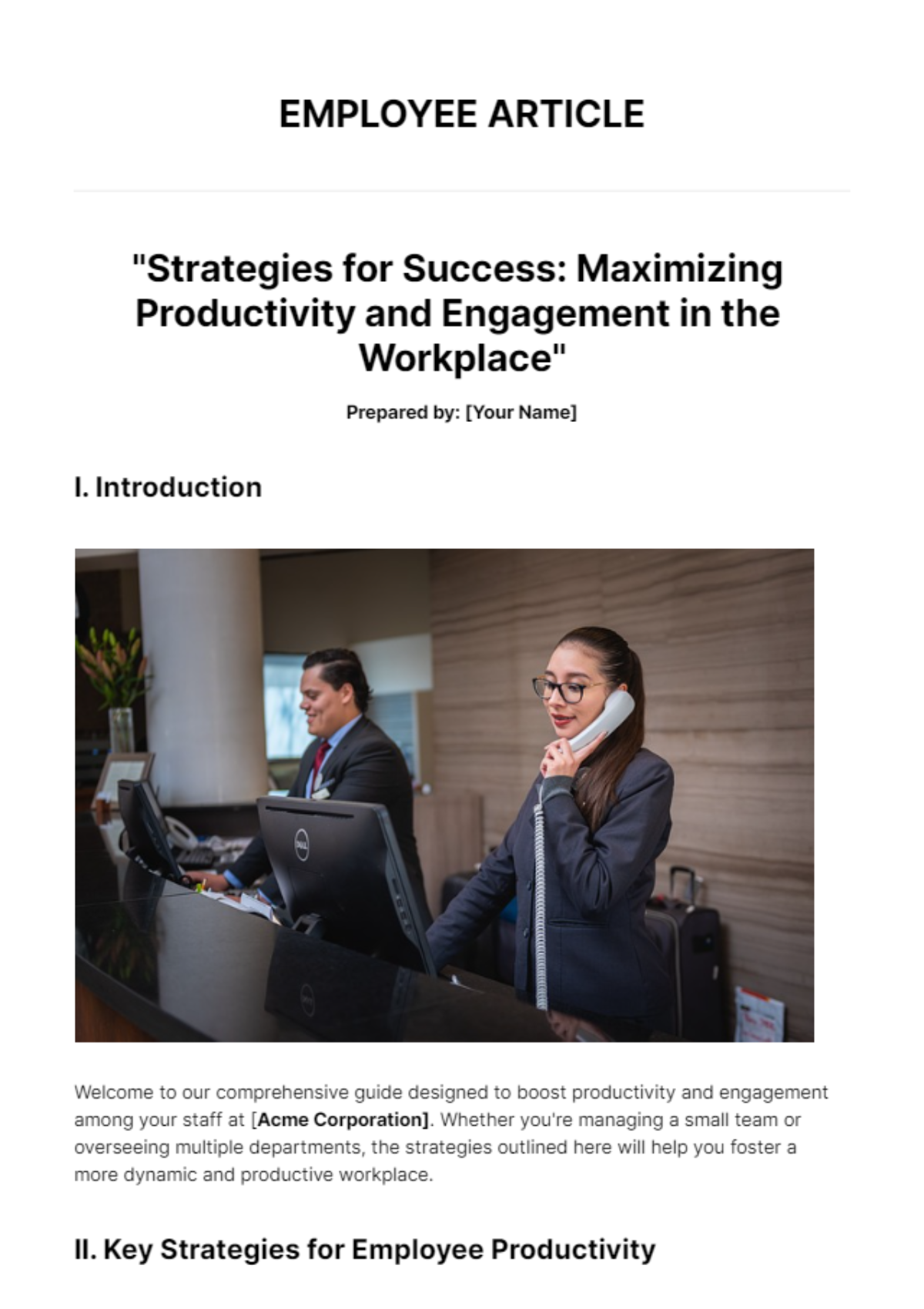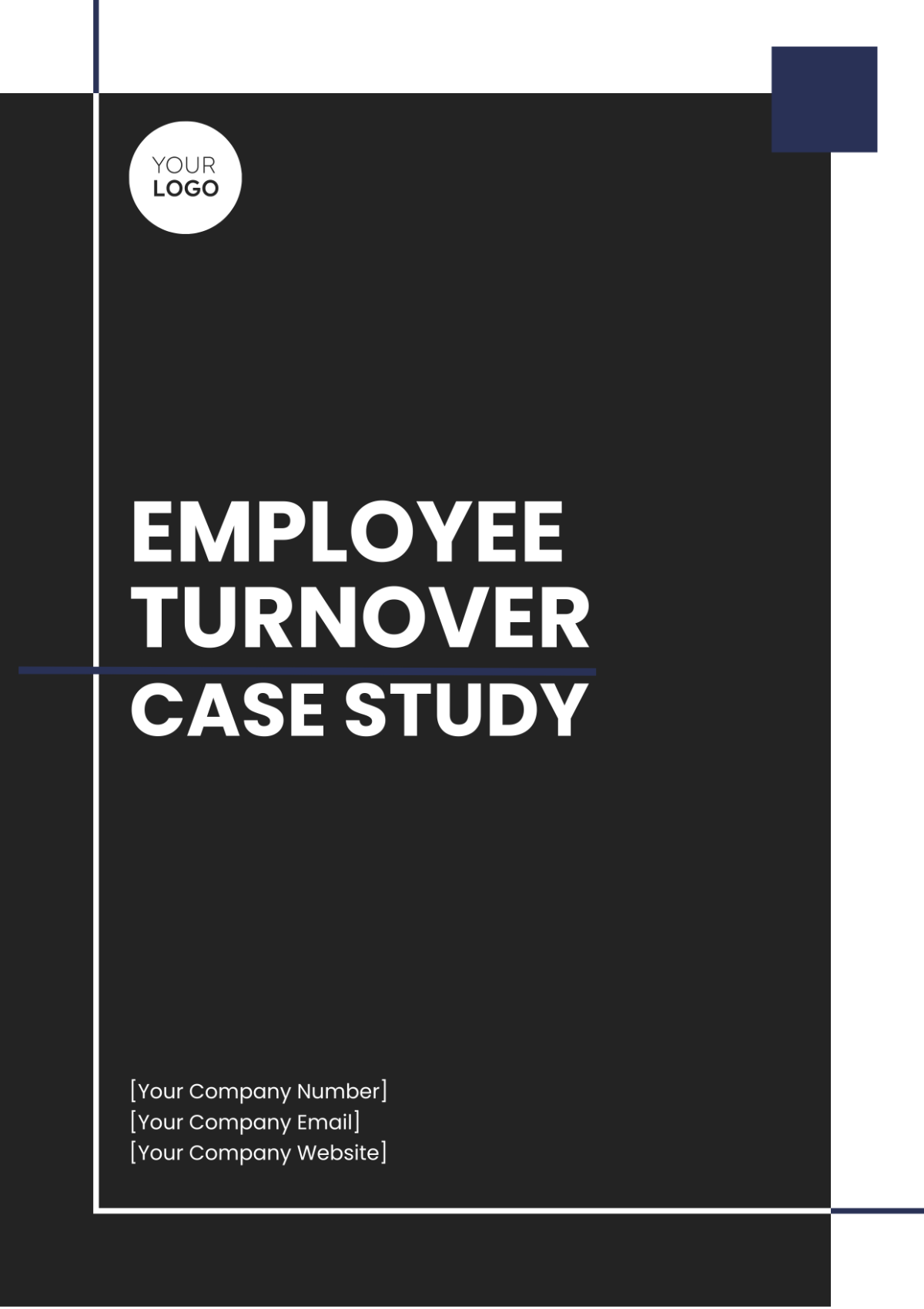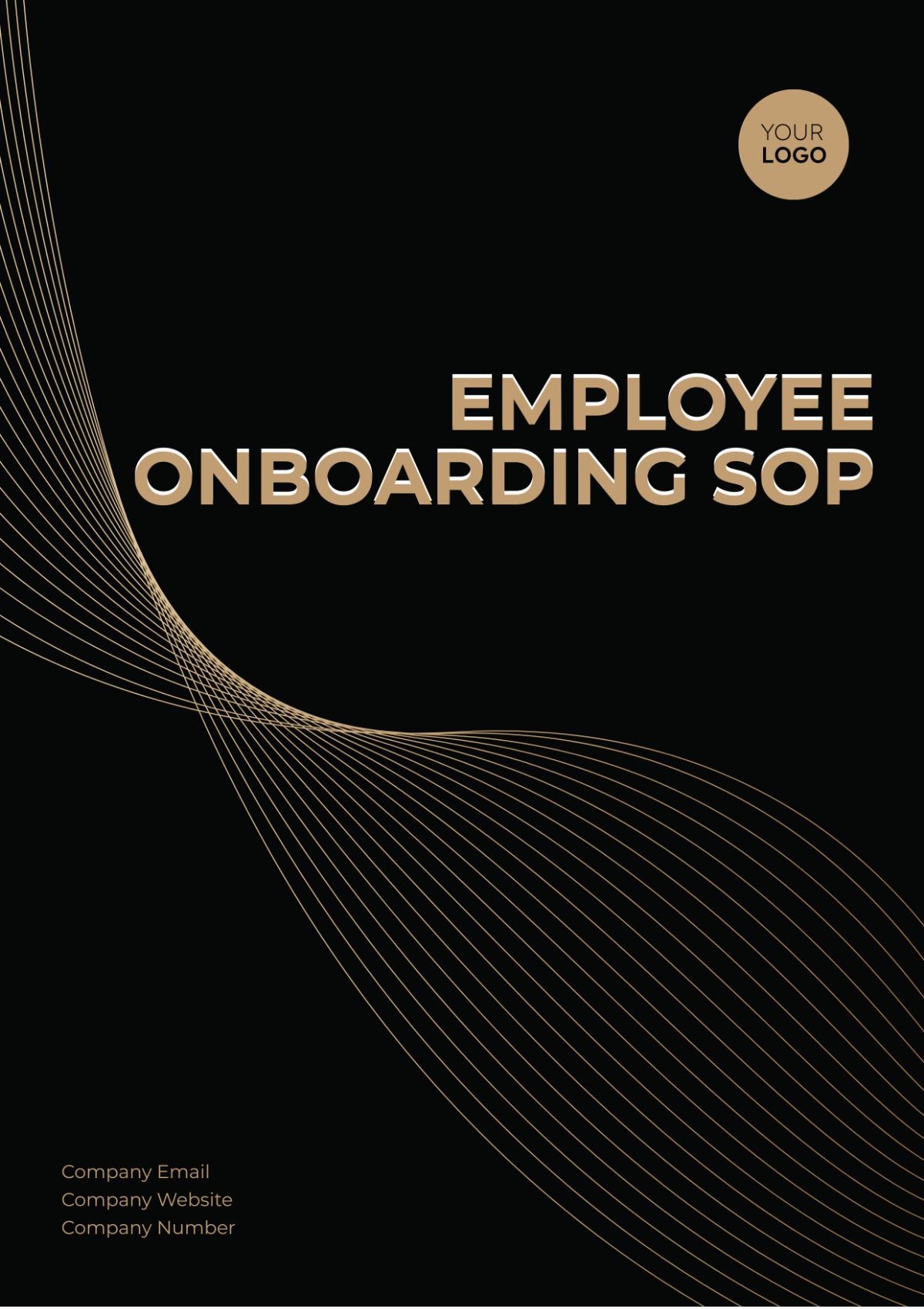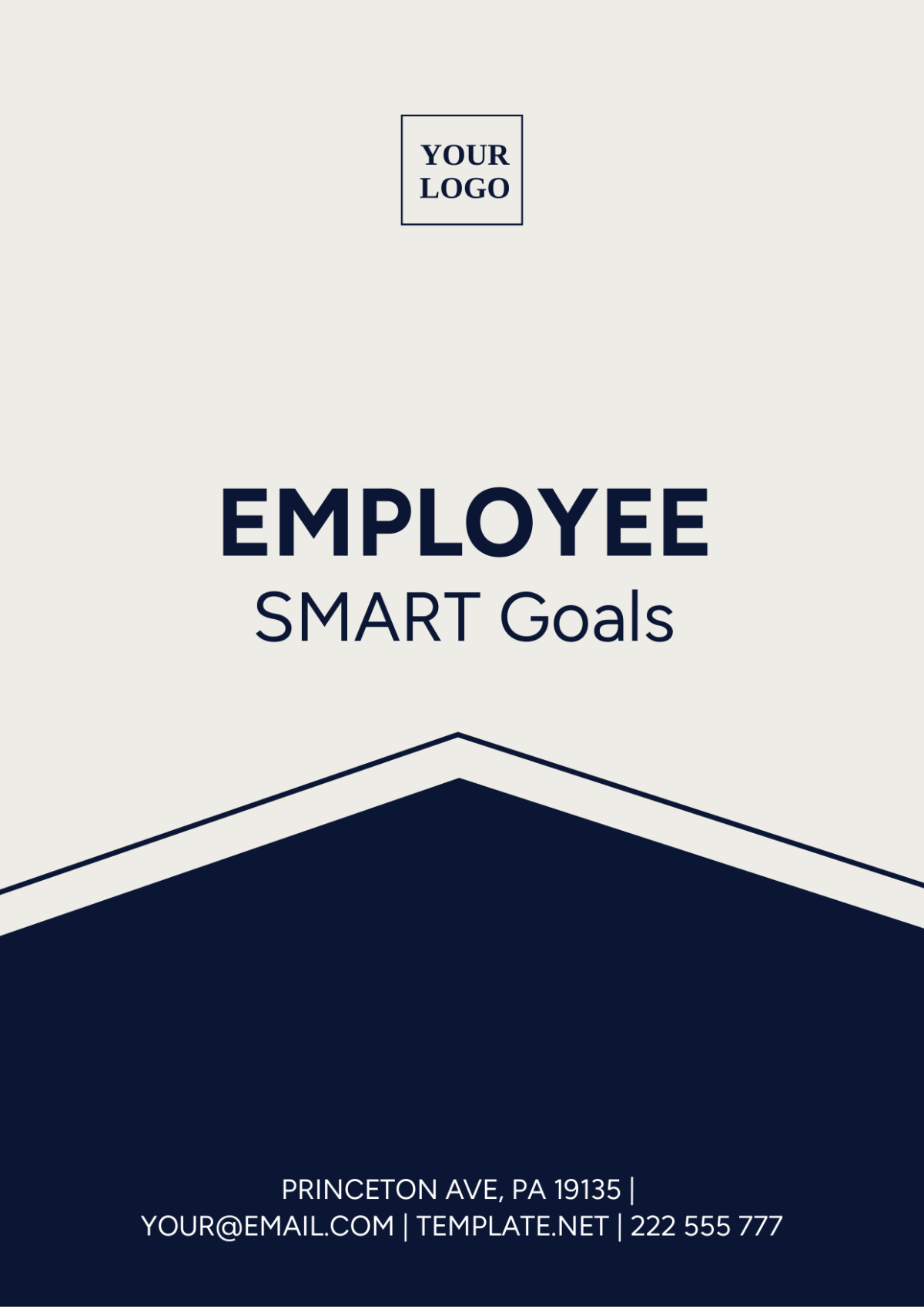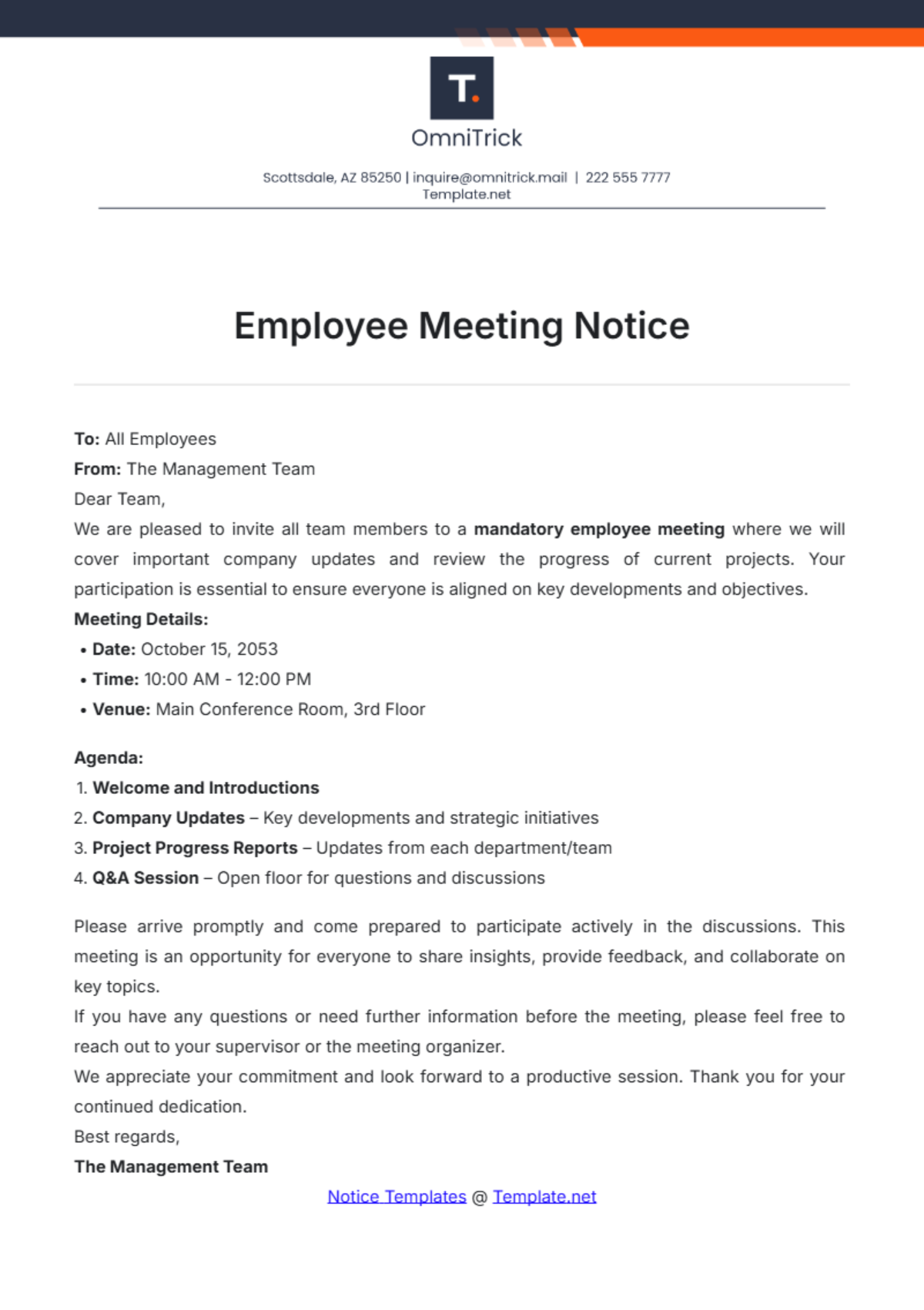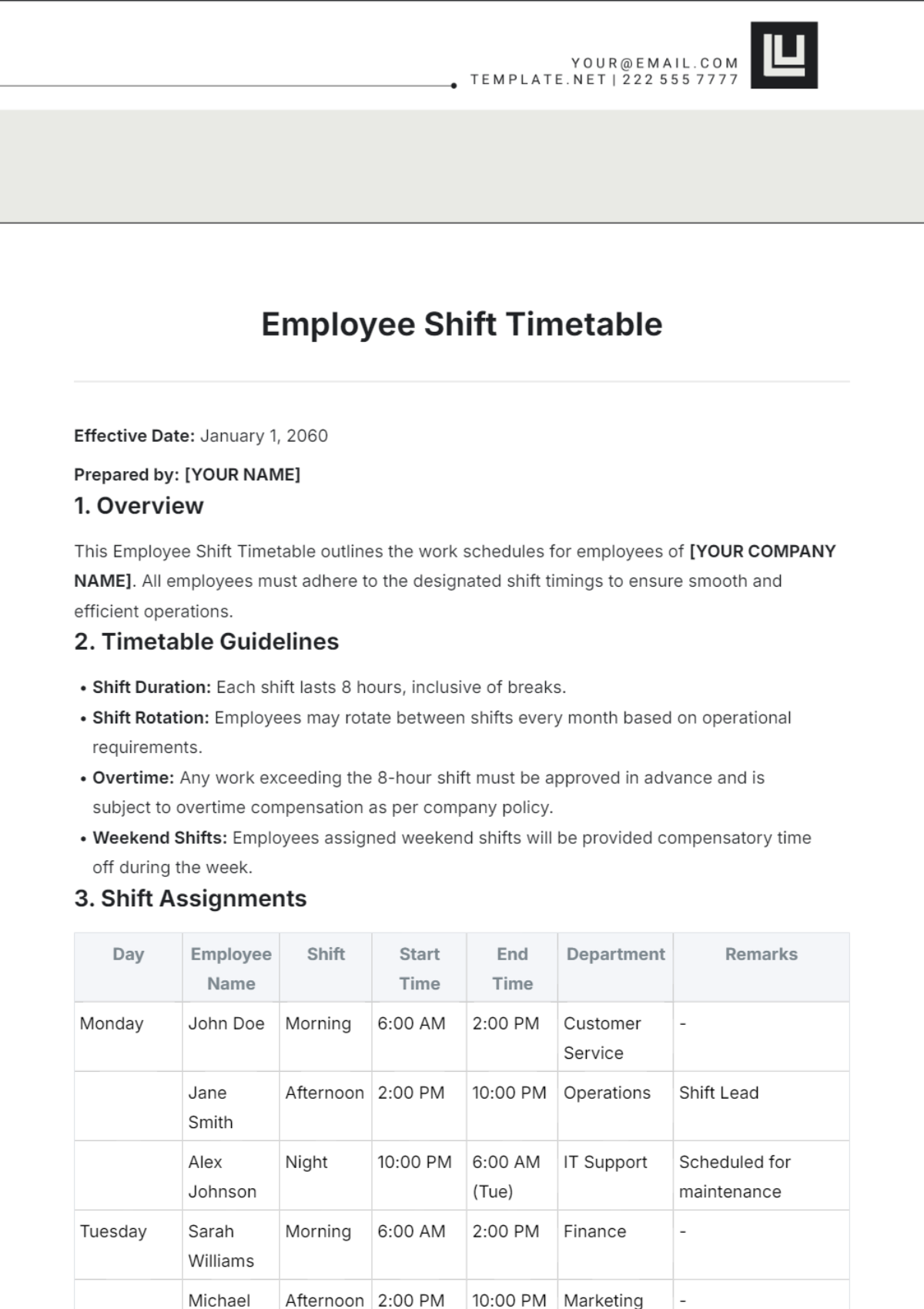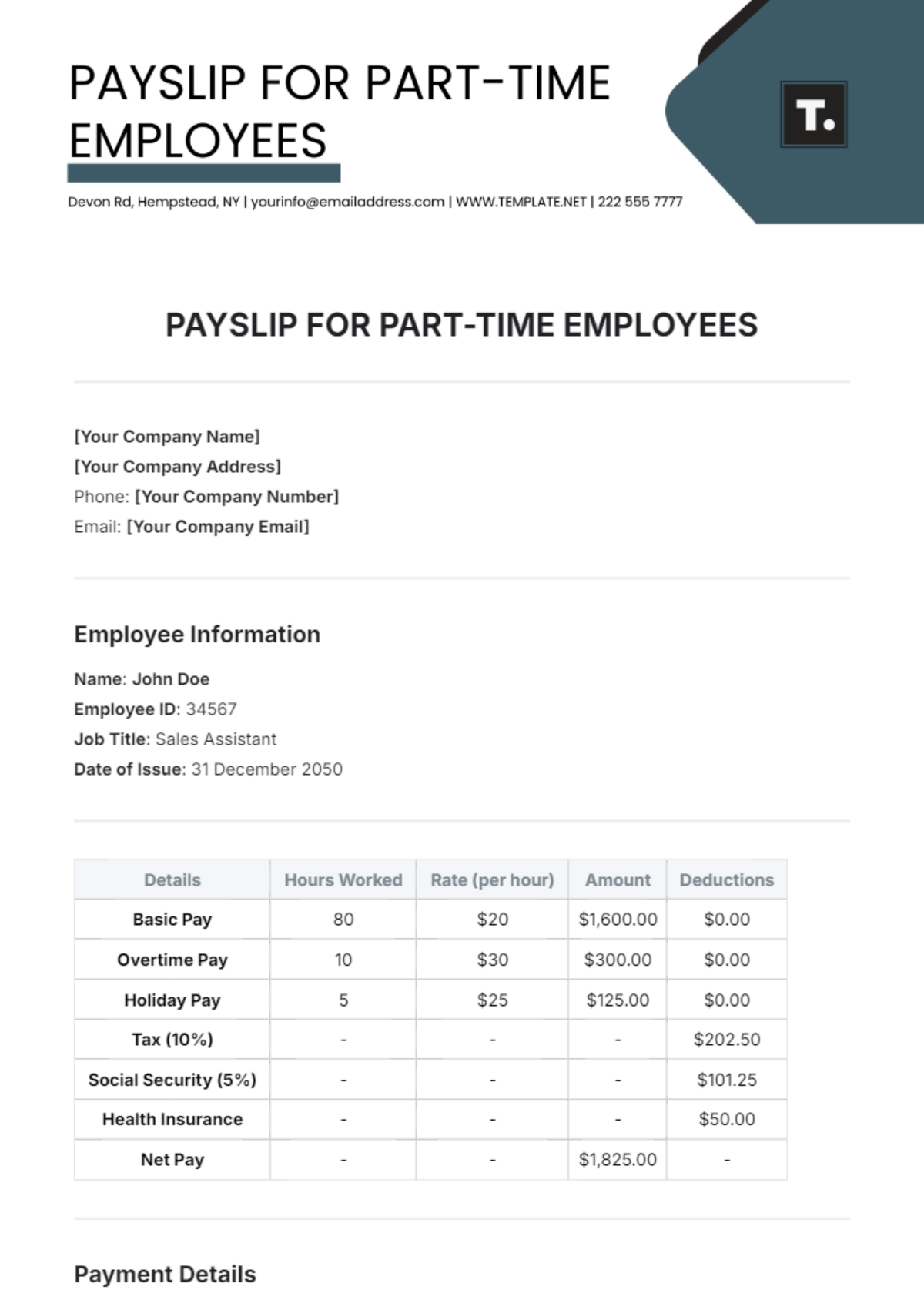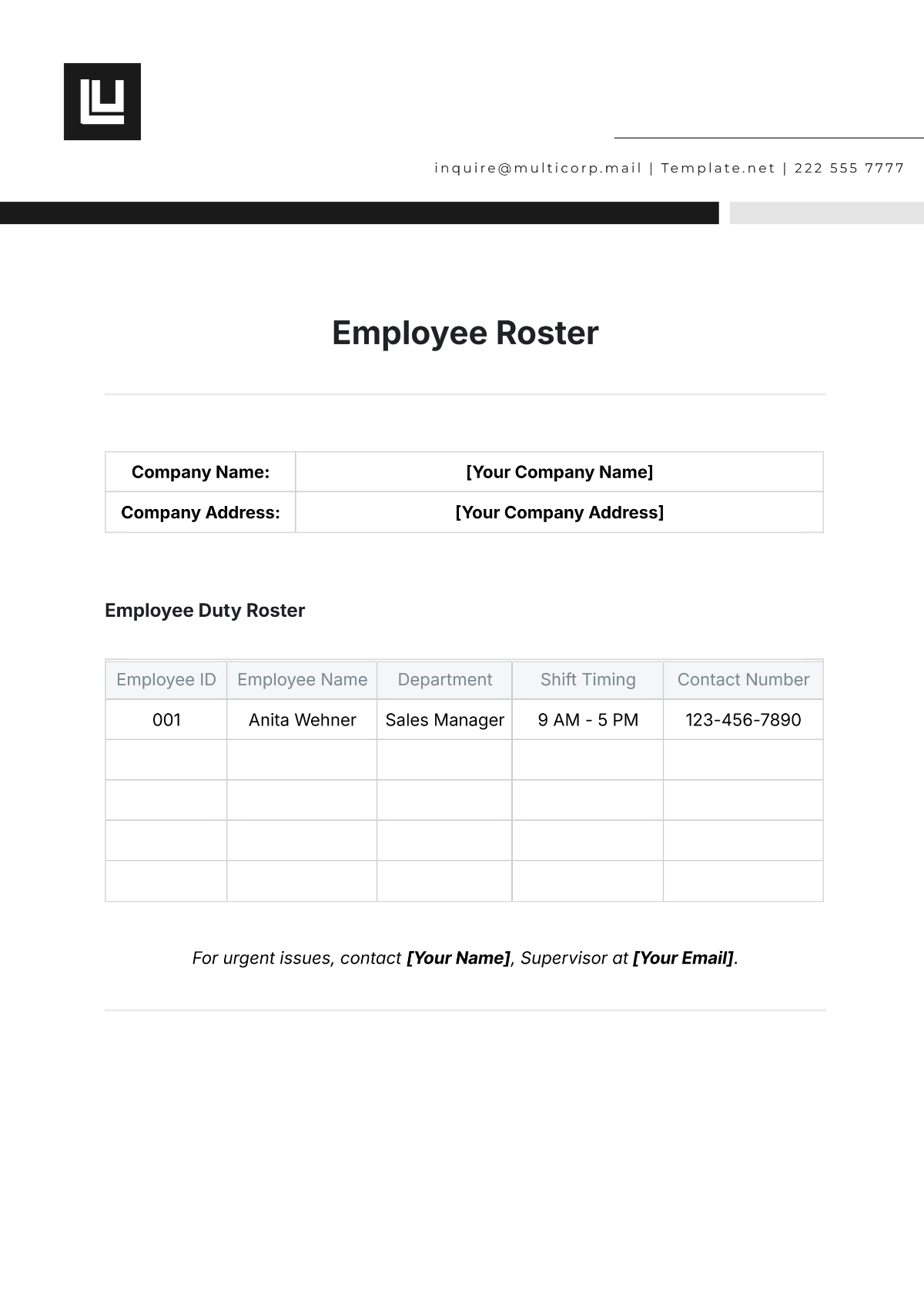Guide to Effective Employee Mediation
TABLE OF CONTENTS
Purpose ........................................................................................................................3
Scope ............................................................................................................................3
Background .................................................................................................................3
Understanding Mediation ......................................................................................3
Pre-Mediation Procedures ....................................................................................4
The Mediation Process ...........................................................................................7
Roles and Responsibilities .....................................................................................9
Challenges in Mediation .......................................................................................10
Post-Mediation Procedures .................................................................................11
Training and Development for Mediators .......................................................11
Purpose
The purpose of this guide is to provide [Company Name] with a structured framework to conduct effective employee mediation. It aims to promote understanding, equip managers and HR professionals with essential mediation techniques, and foster a harmonious workplace environment.
Scope
This guide covers the core concepts of mediation, its process and stages, the roles of involved parties, and best practices. It also delves into when to use mediation, its benefits, and how to ensure its effectiveness within the organization.
Background
Conflicts are inevitable in any workplace environment. As [Company Name] grows and diversifies, the potential for misunderstandings, disagreements, and conflicts also increases. Mediation offers a structured yet flexible approach to resolve these conflicts amicably, ensuring that relationships remain intact and that the workplace remains productive.
Understanding Mediation
Mediation is a voluntary, confidential process where a neutral third party, the mediator, facilitates communication between disputing parties to help them reach a mutually acceptable resolution. Unlike arbitration or litigation, the mediator does not make decisions for the participants but assists them in creating their own solutions.
There are numerous advantages to utilizing mediation in a workplace setting:
Cost-effective: Mediation generally requires less time and resources than formal litigation.
Preserves Relationships: By focusing on mutual understanding and collaboration, mediation can help mend and even strengthen working relationships.
Flexible and Confidential: Mediation allows for tailor-made solutions that suit all parties involved and keeps discussions confidential, protecting the privacy of participants.
Enhanced Communication: Mediation fosters open dialogue, helping parties understand each other's perspectives better.
Employee Satisfaction: A prompt and fair resolution process can improve overall job satisfaction and morale among employees.
Mediation is particularly beneficial when:
There's a desire to preserve the working relationship between the conflicting parties.
Traditional resolution methods have failed or seem inappropriate.
Both parties are willing to participate and seek a mutually agreeable solution.
The issue is more about miscommunication or misunderstandings than strict policy violations.
This guide serves as a starting point to delve deeper into the mediation process, its intricacies, and its application in [Company Name]'s environment. The subsequent sections will provide more in-depth knowledge and practical steps to implement an effective employee mediation process.
Pre-Mediation Procedures
Before diving into the actual mediation process, it's crucial to ensure that the right steps are taken to set the stage for effective mediation. This involves recognizing the need for mediation, choosing the right mediator, and clearly setting expectations.
Identifying the Need for Mediation
Recognizing when a situation calls for mediation is the first and perhaps most crucial step. Below are key indicators that might suggest the need for mediation:
Indicator | Description |
Persistent Conflicts | Reoccurring disputes between employees despite attempts at resolution. |
Decreased Productivity | Notable drops in work output due to interpersonal issues. |
Feedback from Managers/Supervisors | Regular reports of conflicts or strained relationships affecting team dynamics. |
Employee Feedback | Direct requests or suggestions from employees for mediation or expressing the need for a neutral facilitator. |
Selecting a Mediator
Choosing the right mediator is paramount for the success of the process. While external mediators can be hired, having trained internal mediators within [Your Company Name] can be advantageous.
Criteria for Selecting a Mediator | Description |
Neutrality | The mediator should have no stake in the outcome and no bias towards any party involved. |
Training and Qualifications | Preference for individuals with formal training in conflict resolution or relevant certifications. |
Interpersonal Skills | Ability to effectively facilitate conversation, build trust, and manage emotionally charged situations. |
Confidentiality | A strict adherence to maintaining the privacy of all discussions. |
Setting Expectations
Before mediation begins, it's crucial to ensure that all parties have a clear understanding of the process, its purpose, and what is expected from them. This involves:
Explaining the Mediation Process: Give a brief overview of how mediation will unfold, from beginning to end.
Defining Confidentiality: Make it clear that discussions within mediation remain private and will not be disclosed without consent.
Clarifying the Mediator’s Role: The mediator is there to facilitate the conversation, not to decide the outcome.
Outlining Possible Outcomes: While the aim is to find a mutually agreeable resolution, it should be understood that mediation does not guarantee an agreement.
By adequately preparing for mediation, [Company Name] can ensure that the process starts on the right foot, paving the way for more productive discussions and potential resolutions.
The Mediation Process
The mediation process is a structured approach to resolving disputes and misunderstandings. Its success hinges on each stage being executed with thoughtfulness and precision.
Initial Meeting and Ground Rules
The mediator first meets with each party separately. This private session helps the mediator understand the perspectives and concerns of each individual involved.
Afterward, a joint session is held. The initial joint session sets the stage for the mediation process. Here are some primary aspects covered during this session:
Aspect | Description |
Introduction | The mediator introduces themselves |
Mediation Objectives | Clarification of the primary goals of the session. |
Confidentiality Agreement | Reiteration that discussions |
Ground Rules | Setting basic guidelines for behavior and communication during the process (e.g., one person speaks at a time, no interruptions) |
Issue Identification
To navigate the mediation process, it's crucial first to identify and understand the root issues at hand. This involves:
Listening to Each Party: Each participant shares their perspective on the matter without interruptions.
Clarifying Points: The mediator may ask questions to understand deeper or ask for specifics.
Listing Main Issues: Issues are noted down, often with the aid of visual aids like a whiteboard or flipchart, to ensure all parties are aligned on the topics of discussion.
Facilitated Discussion
Once the issues are laid out, the mediator facilitates a discussion where parties converse about each issue in depth.
Step | Description |
Perspective Sharing | Parties discuss their feelings and perspectives on each listed issue. |
Neutral Paraphrasing | The mediator rephrases statements to ensure mutual understanding and prevent misinterpretation. |
Exploring Solutions | Brainstorming and discussing potential solutions or compromises. |
Checking In | The mediator intermittently checks in with parties to gauge feelings, concerns, or needs during the discussion. |
Agreement and Resolution
If the parties reach an agreement, the following steps are typically taken:
Drafting the Agreement
Review
Signature
Post-Mediation Plan
With these steps, [Company Name]'s mediation process aims to provide a space where disagreements can be addressed in a structured, respectful, and productive manner.
Roles and Responsibilities
Mediation is a collaborative process that relies on the active participation of everyone involved. Each party - the mediator, the participants, and the management of [Your Company Name] - plays a distinct role to ensure that mediation sessions are productive and lead to effective resolutions.
Role | Responsibilities |
Mediator |
|
Participants |
|
[Company Name] Management |
|
Challenges in Mediation
Mediation, while often an effective tool in conflict resolution, can encounter a series of challenges. Addressing these proactively can set the stage for a smoother resolution process.
Emotional Escalations
Emotions are natural and can run high during discussions, especially when personal or sensitive issues are at the forefront. Emotional escalations can hinder the objective examination of issues and may prevent effective communication. Mediators must be prepared to manage these situations, ensuring that emotions don't obstruct the process. Techniques such as breaks, reframing, and active listening can help manage and even de-escalate heightened emotional states.
Deadlock or Stagnation
Sometimes, discussions might hit a wall, where neither party is willing to budge or compromise. Deadlocks can arise from deeply held beliefs, previous unresolved issues, or simply from a lack of mutual understanding. Mediators should recognize when discussions are stagnating and implement strategies to break the deadlock. This could involve revisiting primary concerns, breaking down larger issues into more manageable parts, or introducing new perspectives or alternative solutions.
Conflicting Interests
Conflicts often arise from competing interests or priorities. While the goal of mediation is to find common ground, sometimes the participants' interests might seem too divergent. In such cases, the focus should shift from trying to align every interest to identifying and creating mutual benefits. This might mean exploring underlying needs and values or brainstorming creative solutions that cater to the core concerns of both parties.
Post-Mediation Procedures
After the mediation session, certain procedures ensure the long-term effectiveness of the agreements and resolutions made during the session.
Documentation and Record-Keeping
Once an agreement has been reached, it's vital to document the decisions made during the mediation. This documentation provides a reference point for all parties involved. It's important that this documentation is clear, concise, and stored securely to respect confidentiality agreements and to be used in future references if needed.
Follow-Up and Monitoring
Post-mediation, it is beneficial for mediators or [Company Name] representatives to schedule follow-up sessions or check-ins. These sessions can address any lingering concerns, ensure that agreements are being upheld, and offer support in the implementation of resolutions.
Continuous Feedback Loop
Feedback is invaluable for the growth and improvement of the mediation process. Both participants and mediators should be encouraged to provide feedback after sessions. This feedback can offer insights into areas of improvement, effectiveness of the mediation, and overall satisfaction with the process.
Training and Development for Mediators
For mediation to be truly effective, mediators must be adequately trained and continuously developed. This ensures they are equipped with the skills, knowledge, and competencies necessary to facilitate challenging conversations.
Essential Skills and Competencies
A proficient mediator should possess a range of skills including active listening, patience, neutrality, and empathy. They should also be trained in conflict resolution techniques, communication strategies, and emotional intelligence to navigate the complexities of interpersonal disagreements.
Training Programs and Resources
Mediation is both an art and a science. Training programs should offer a blend of theoretical knowledge and practical application.
To ensure mediators are well-equipped, [Your Company Name] recommends and provides access to the following training programs and resources:
Foundational Mediation Training
Advanced Mediation Techniques
Specialized Industry-Specific Mediation
Continuous Learning and Improvement
The field of mediation is ever-evolving, with new research, techniques, and approaches emerging regularly. Mediators should be encouraged to attend workshops, seminars, and conferences to stay updated. Additionally, feedback from mediation sessions should be used to inform continuous learning, allowing mediators to refine their approach and techniques over time.


